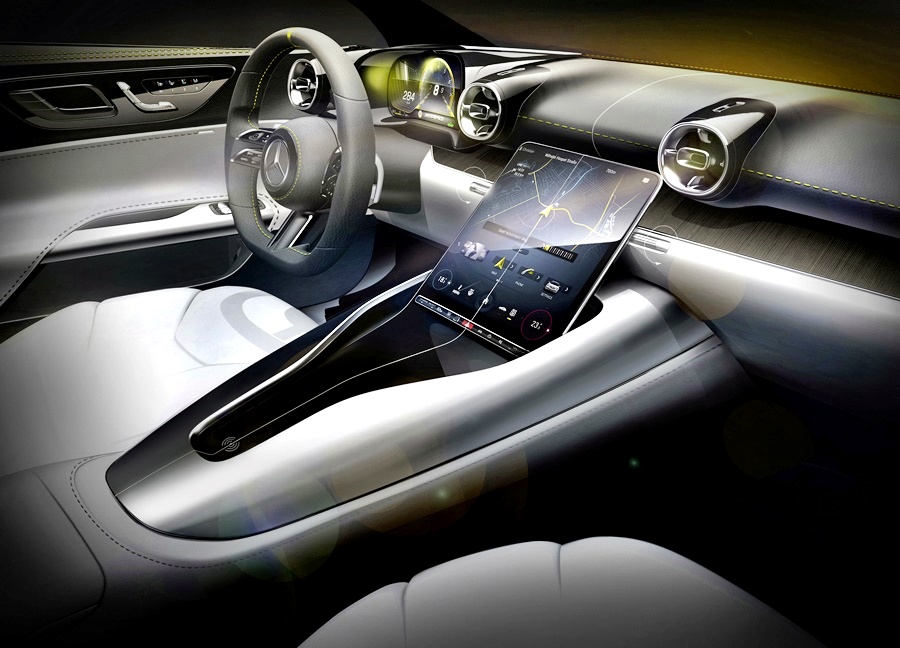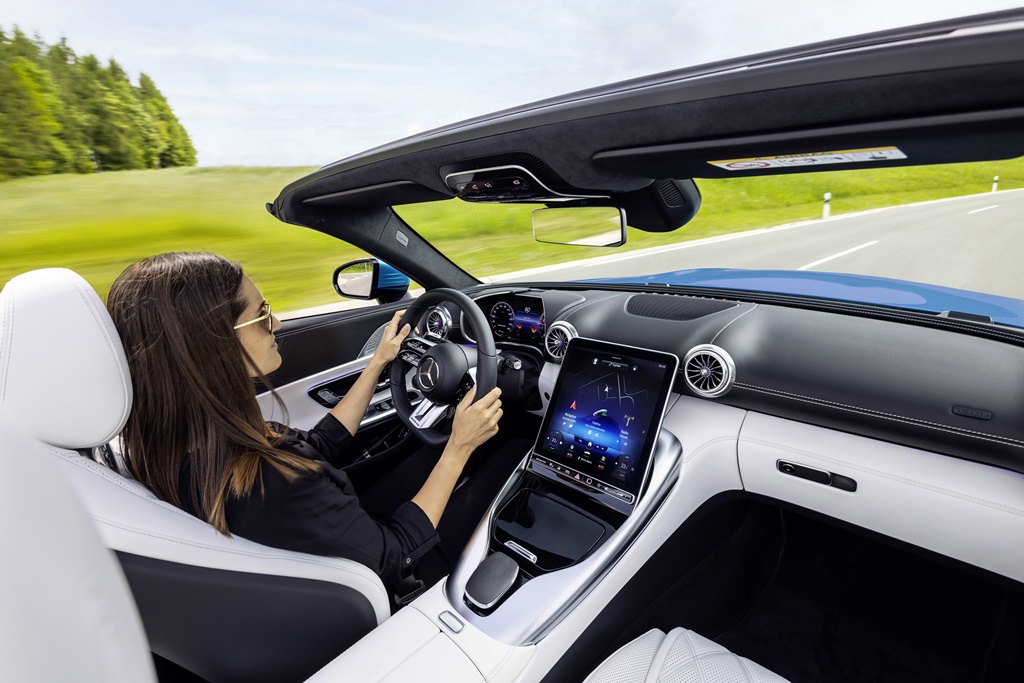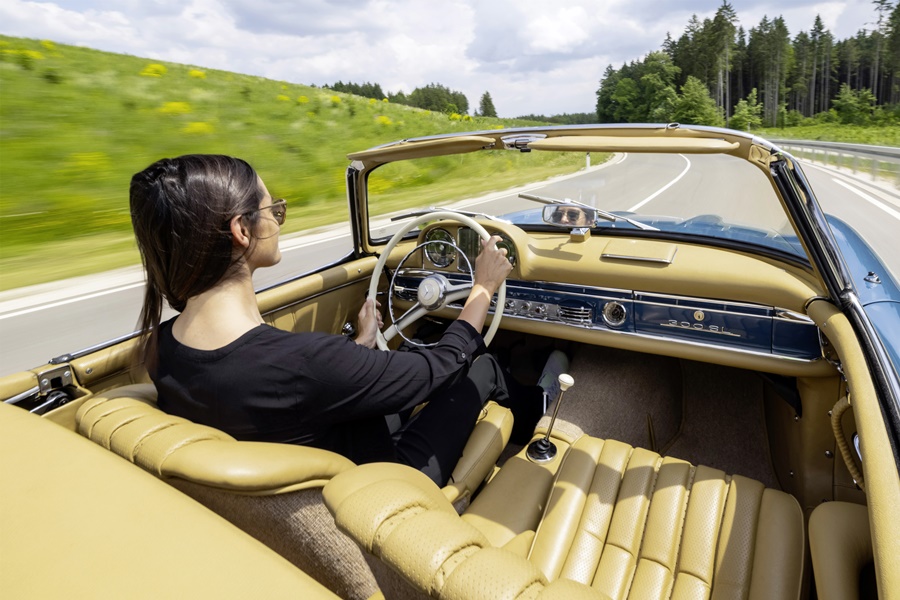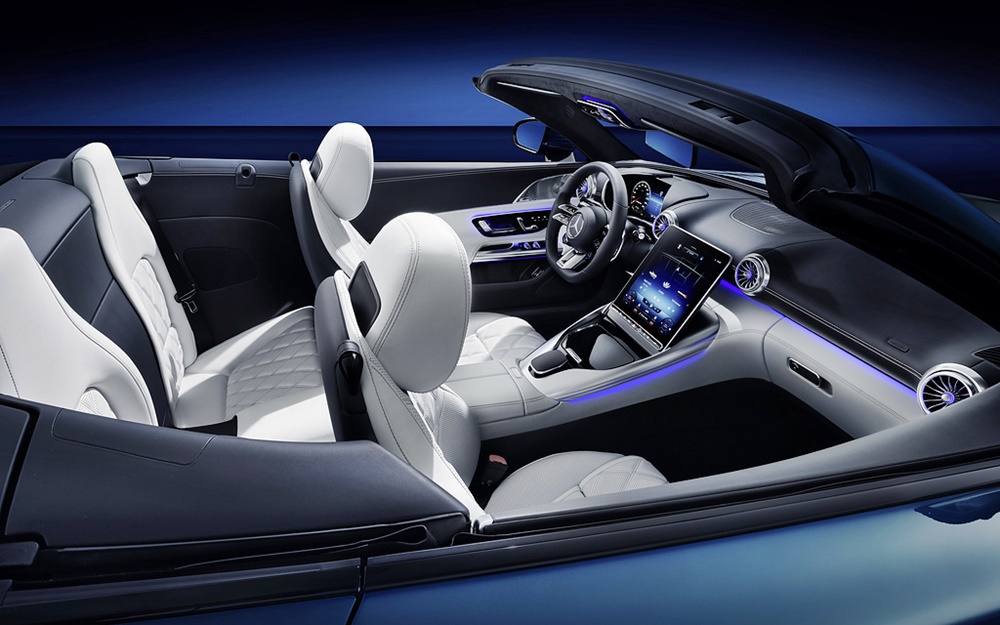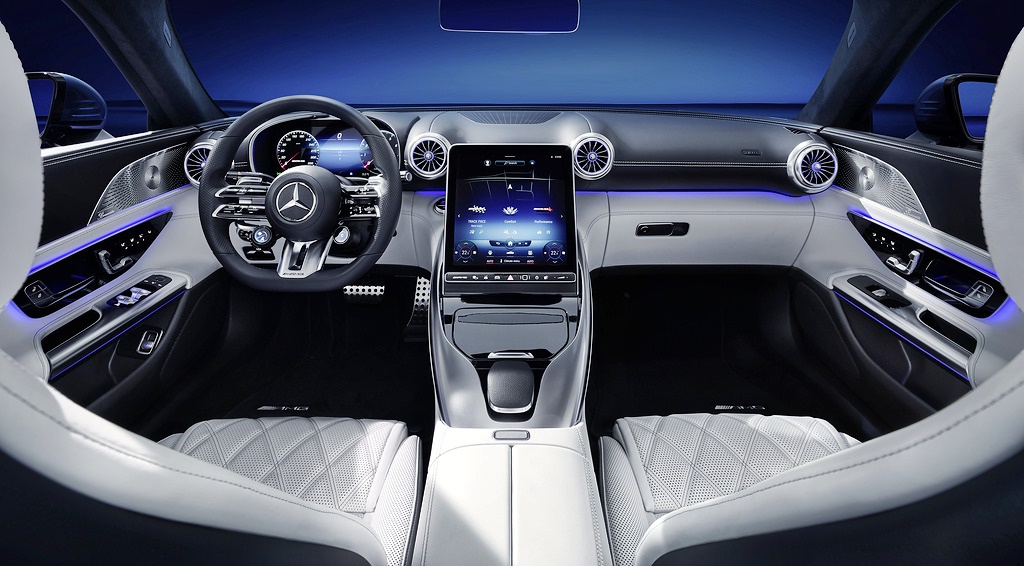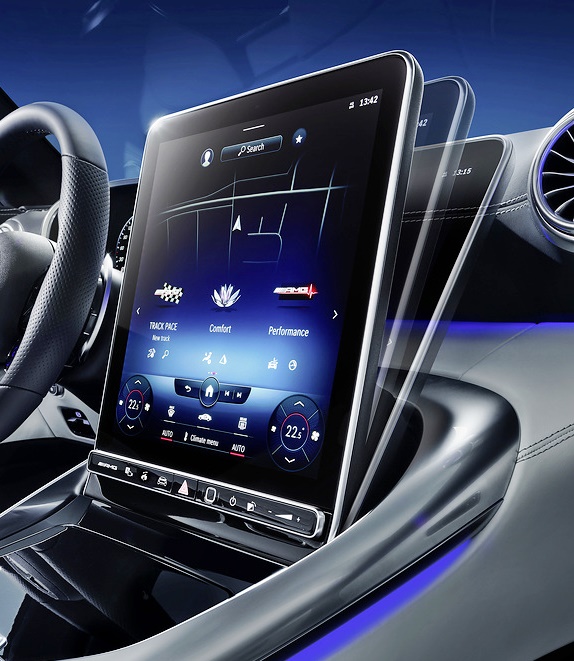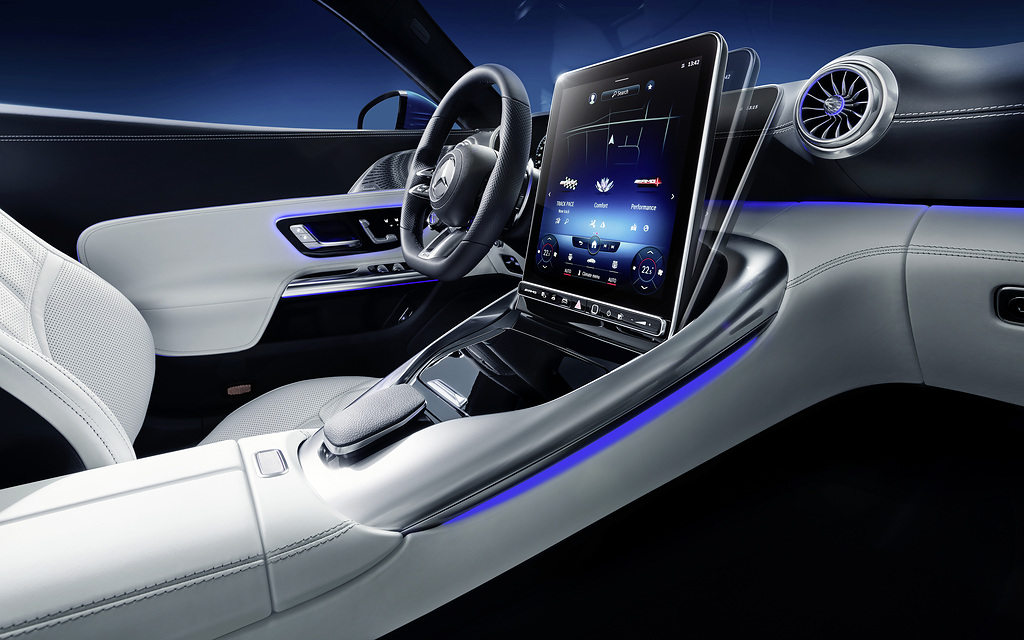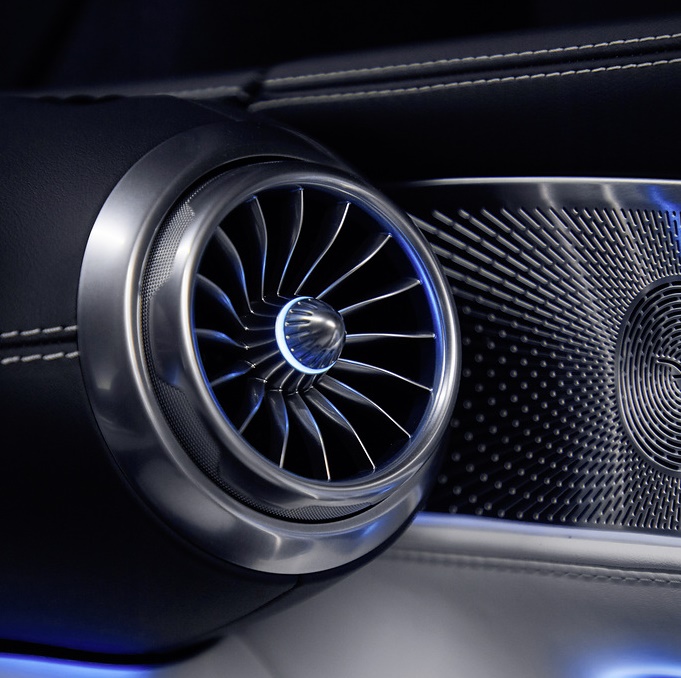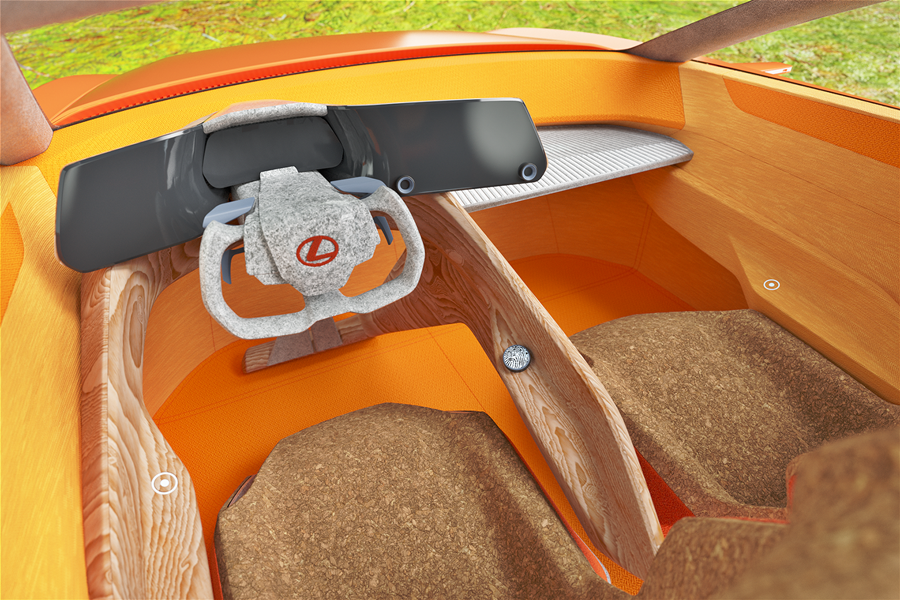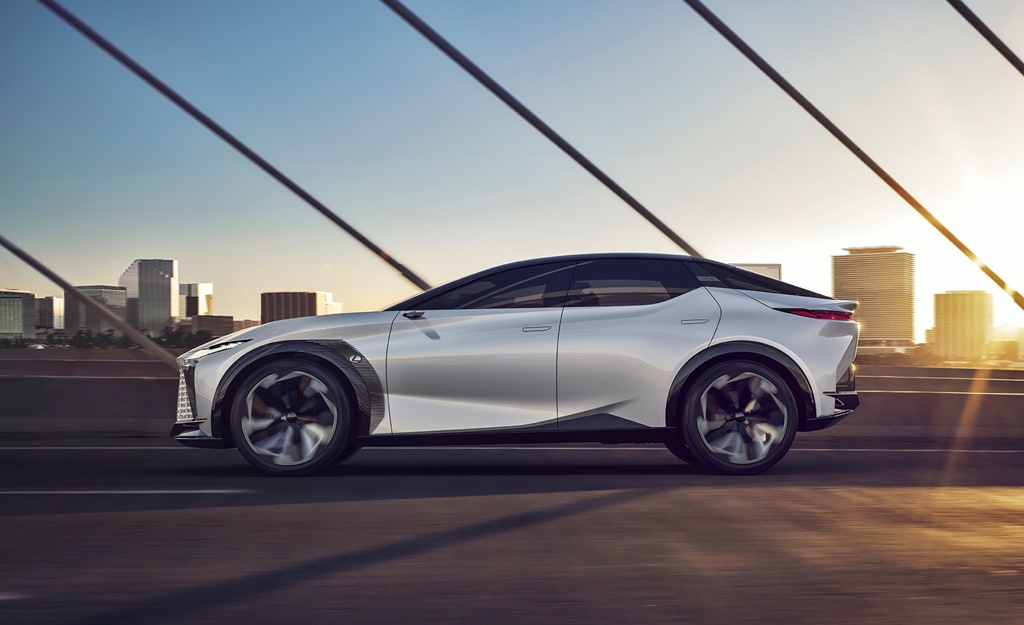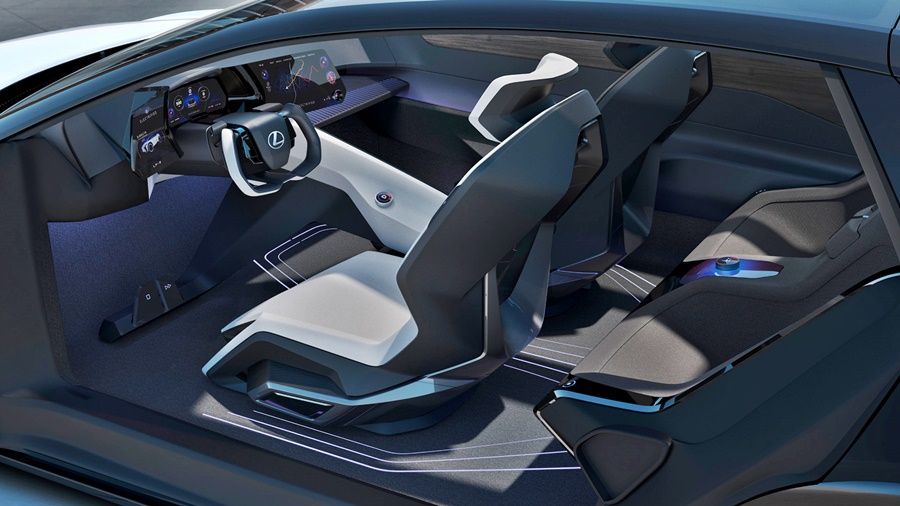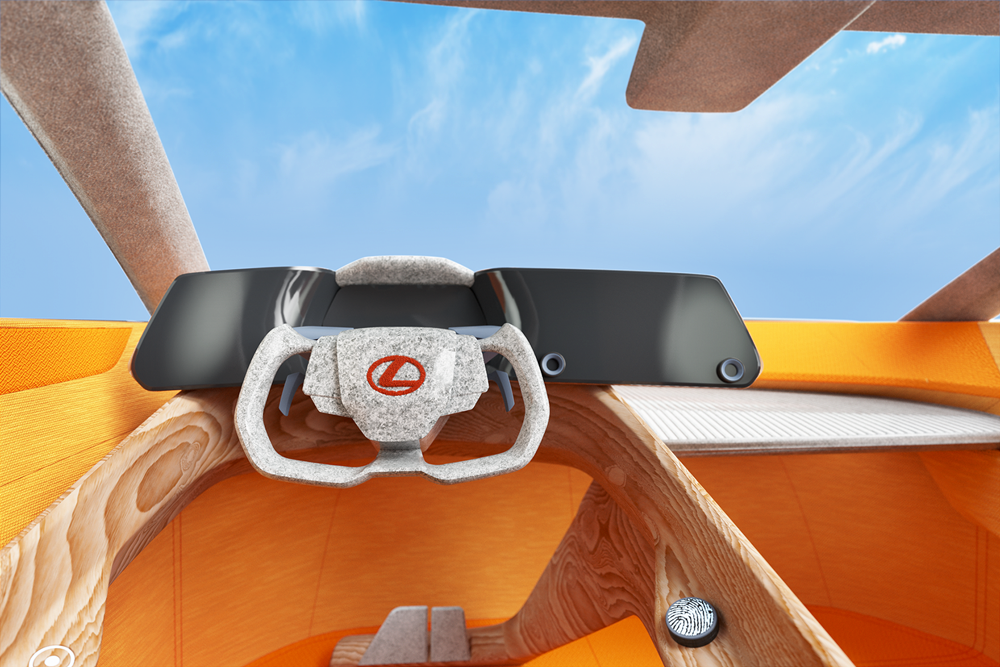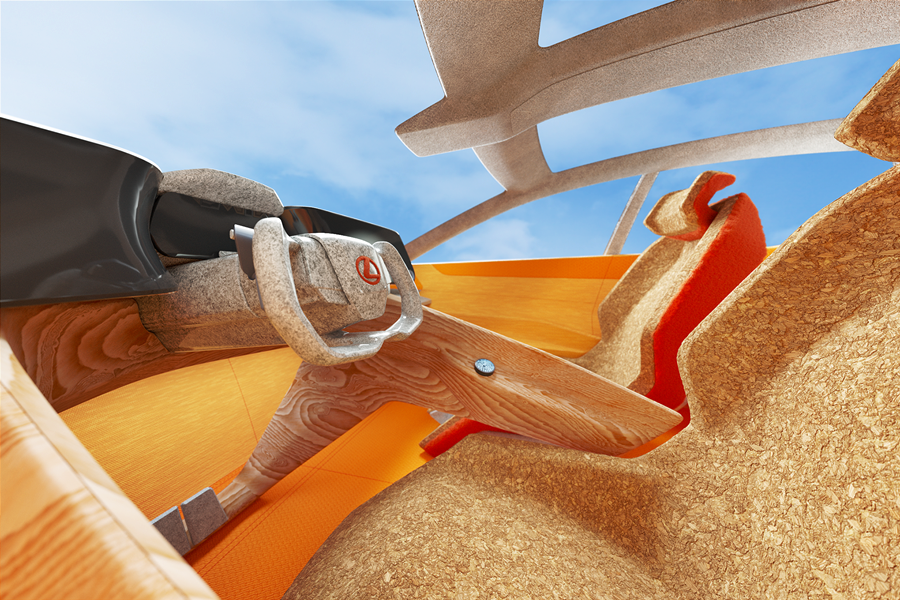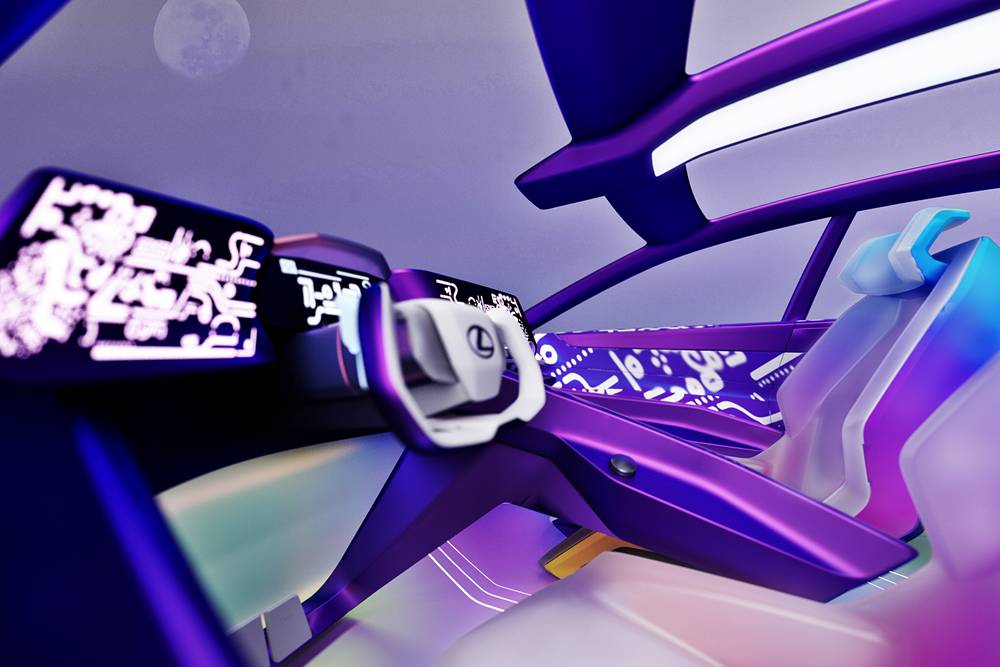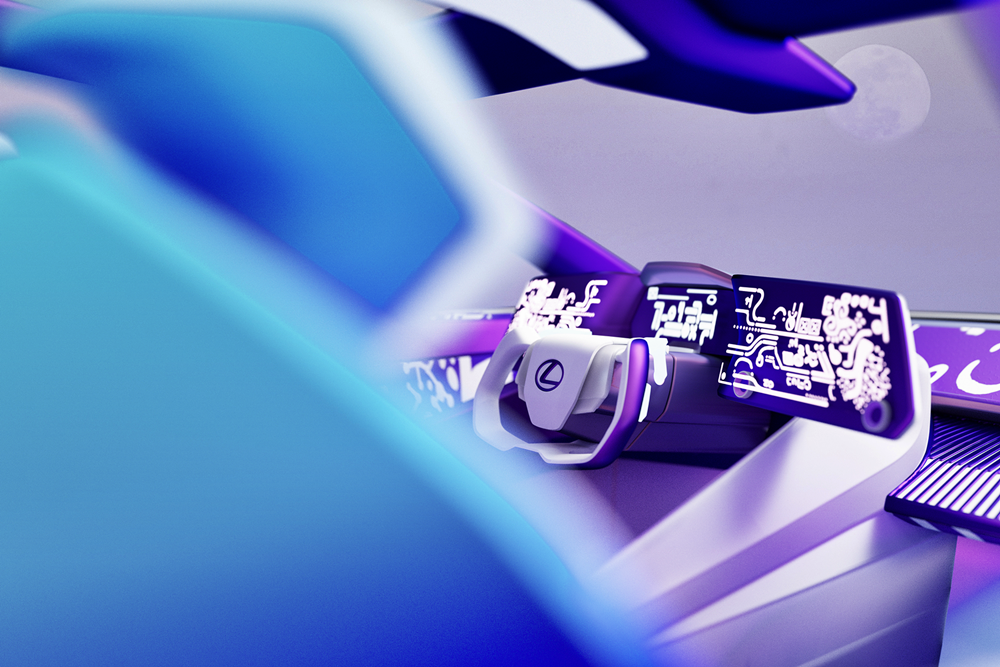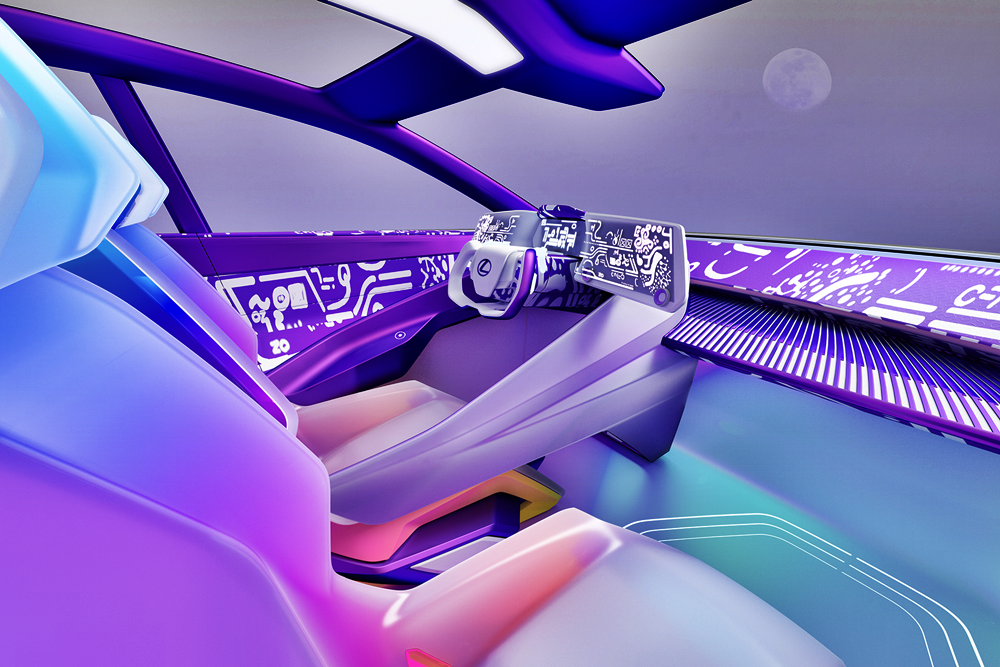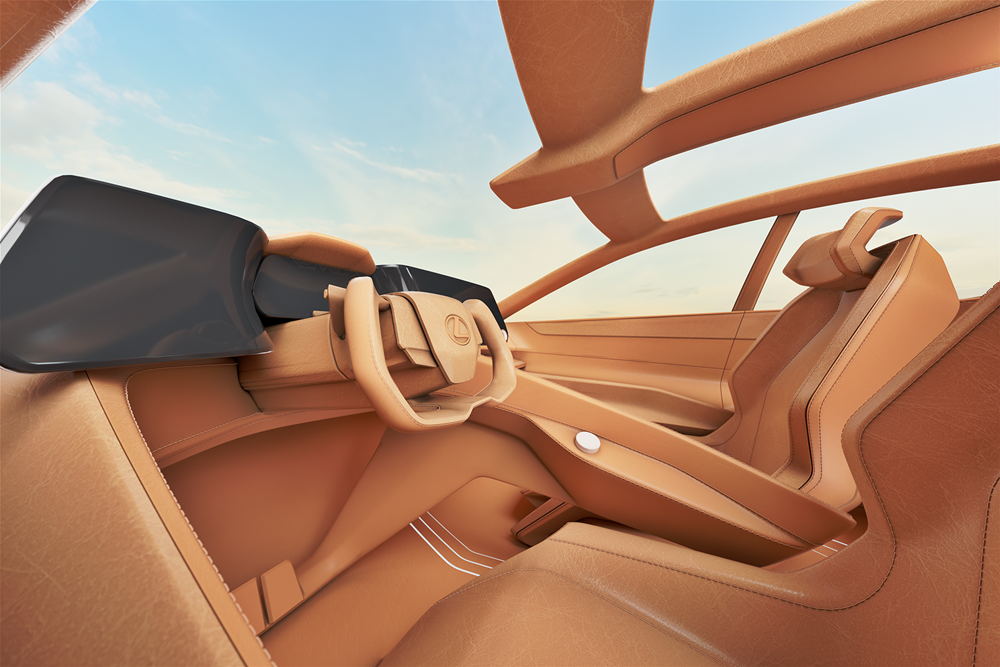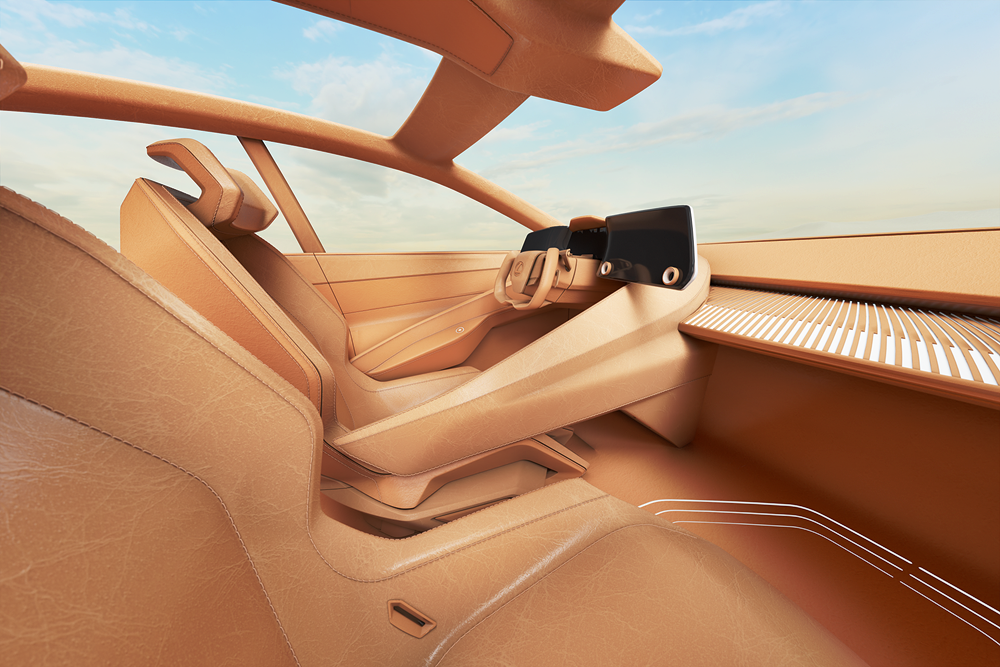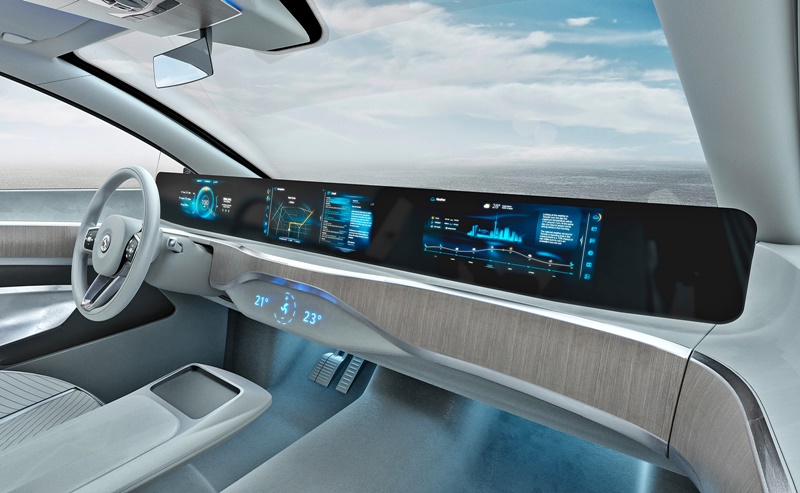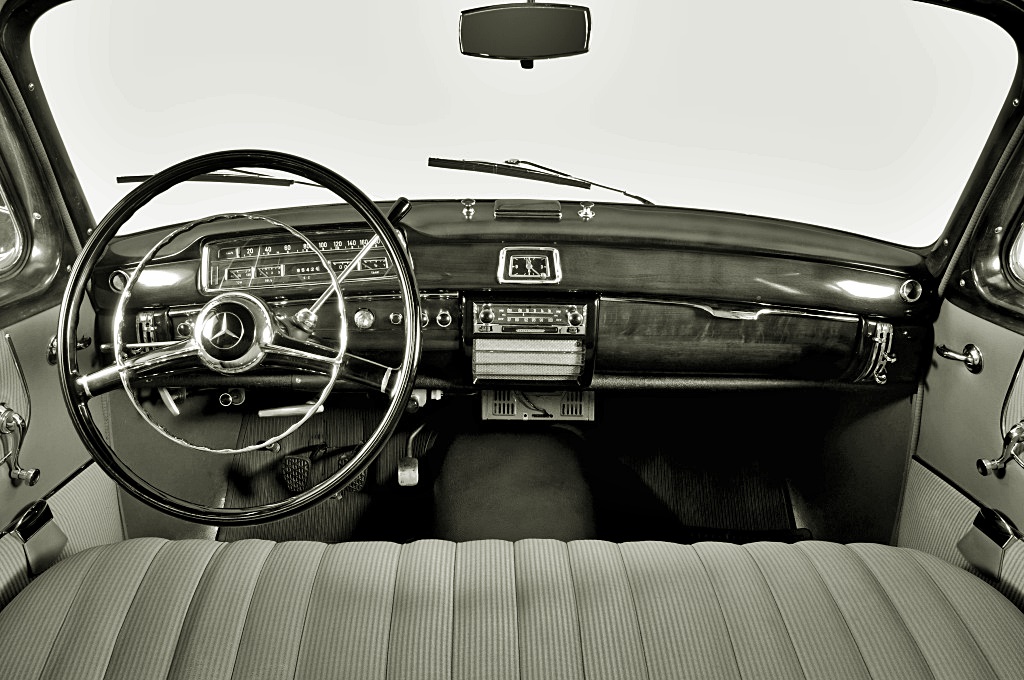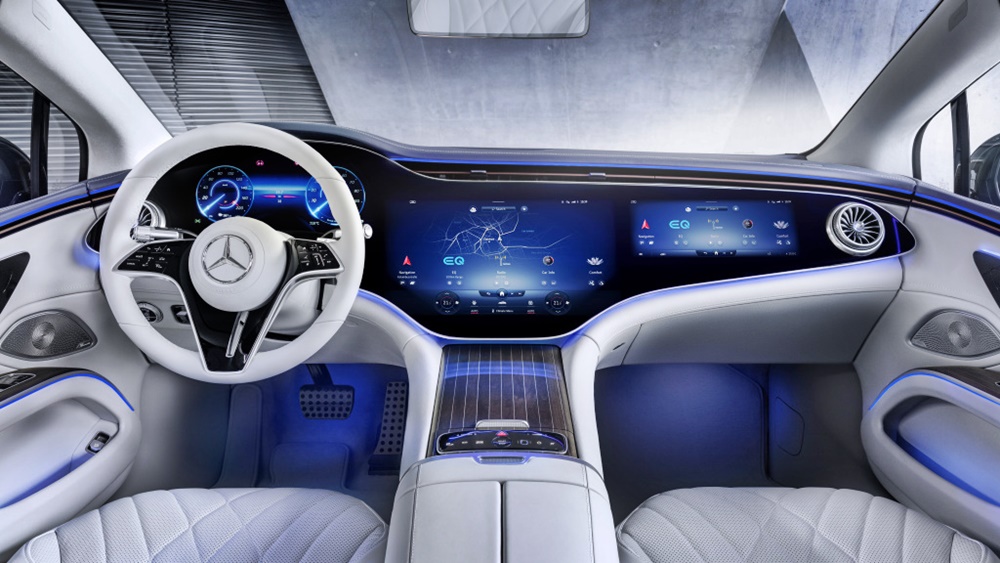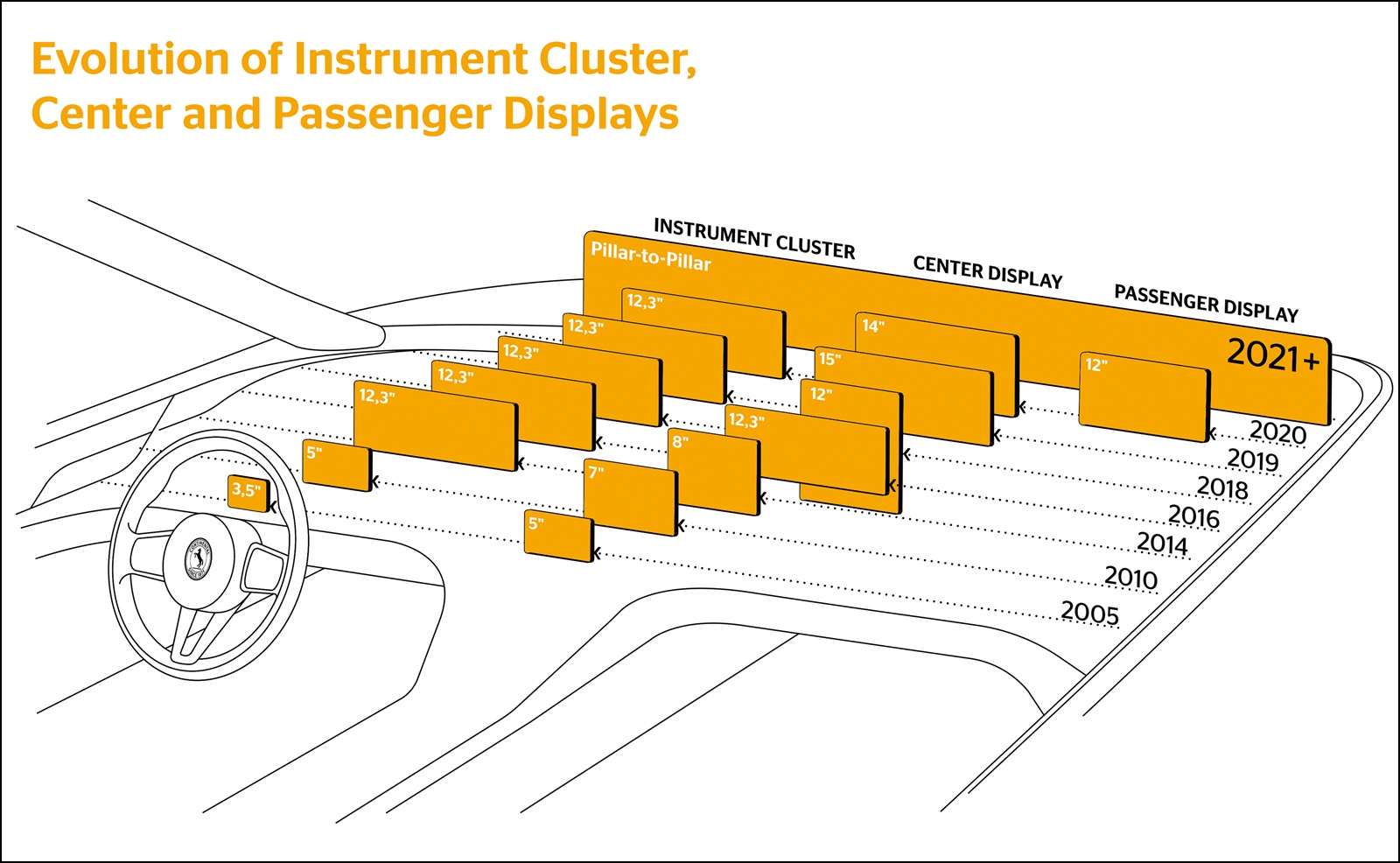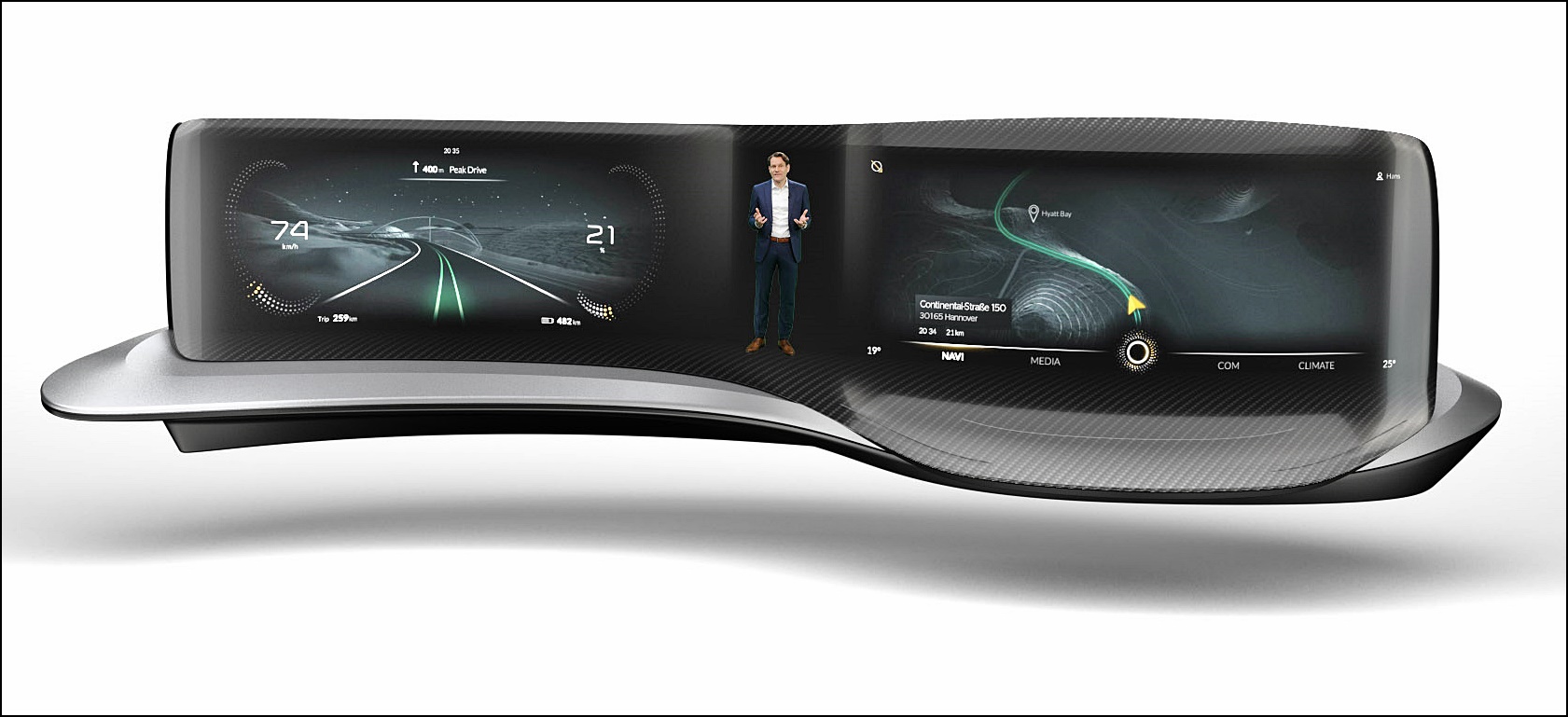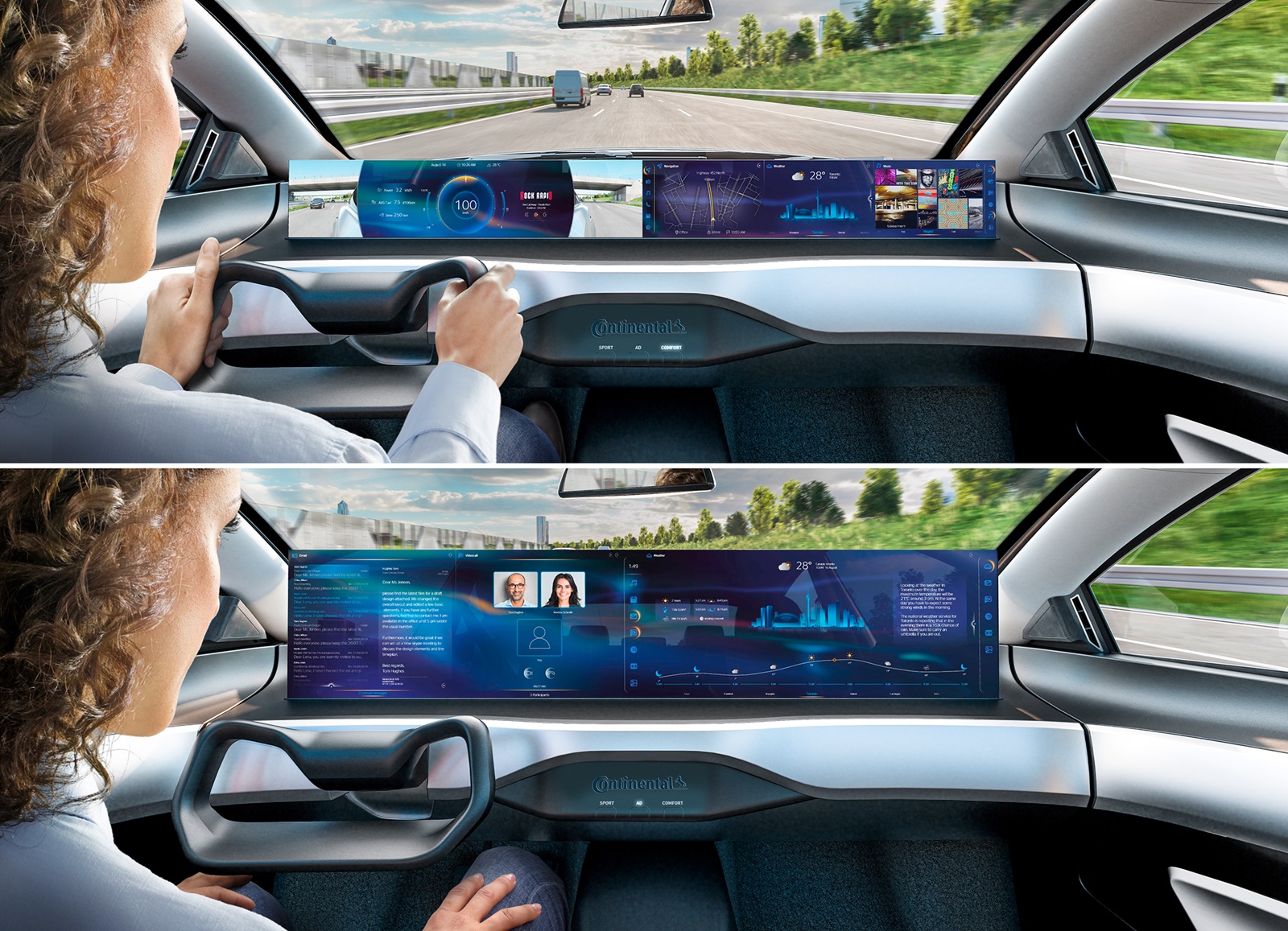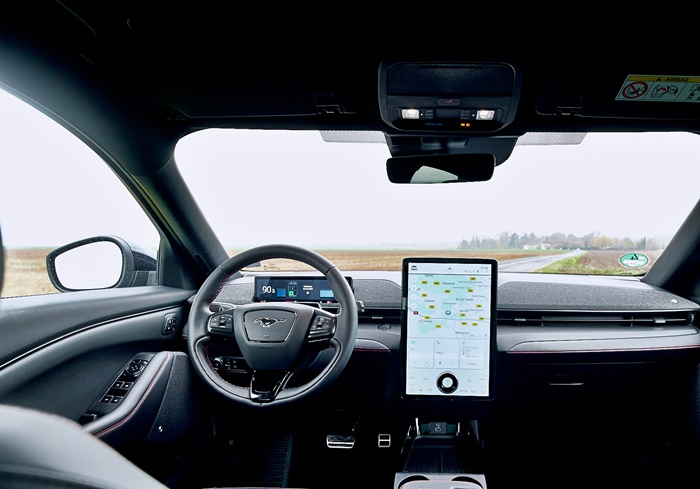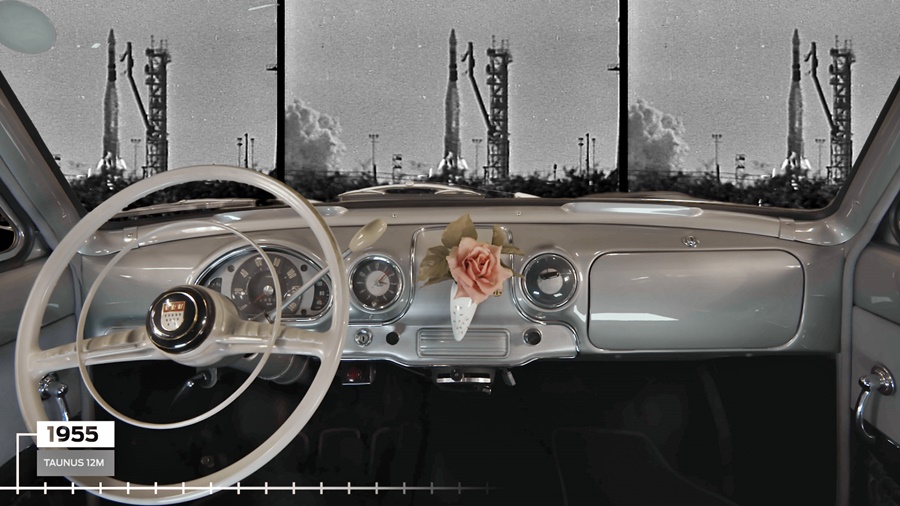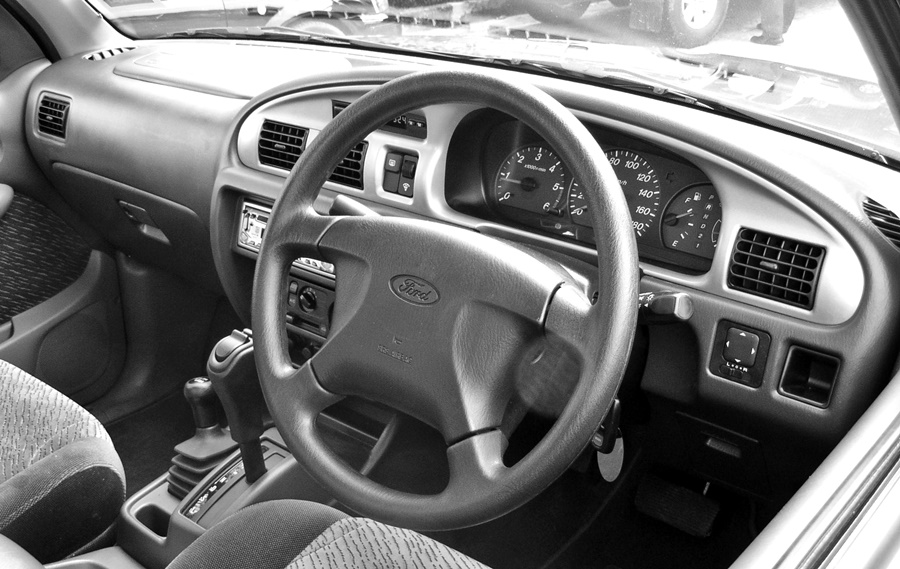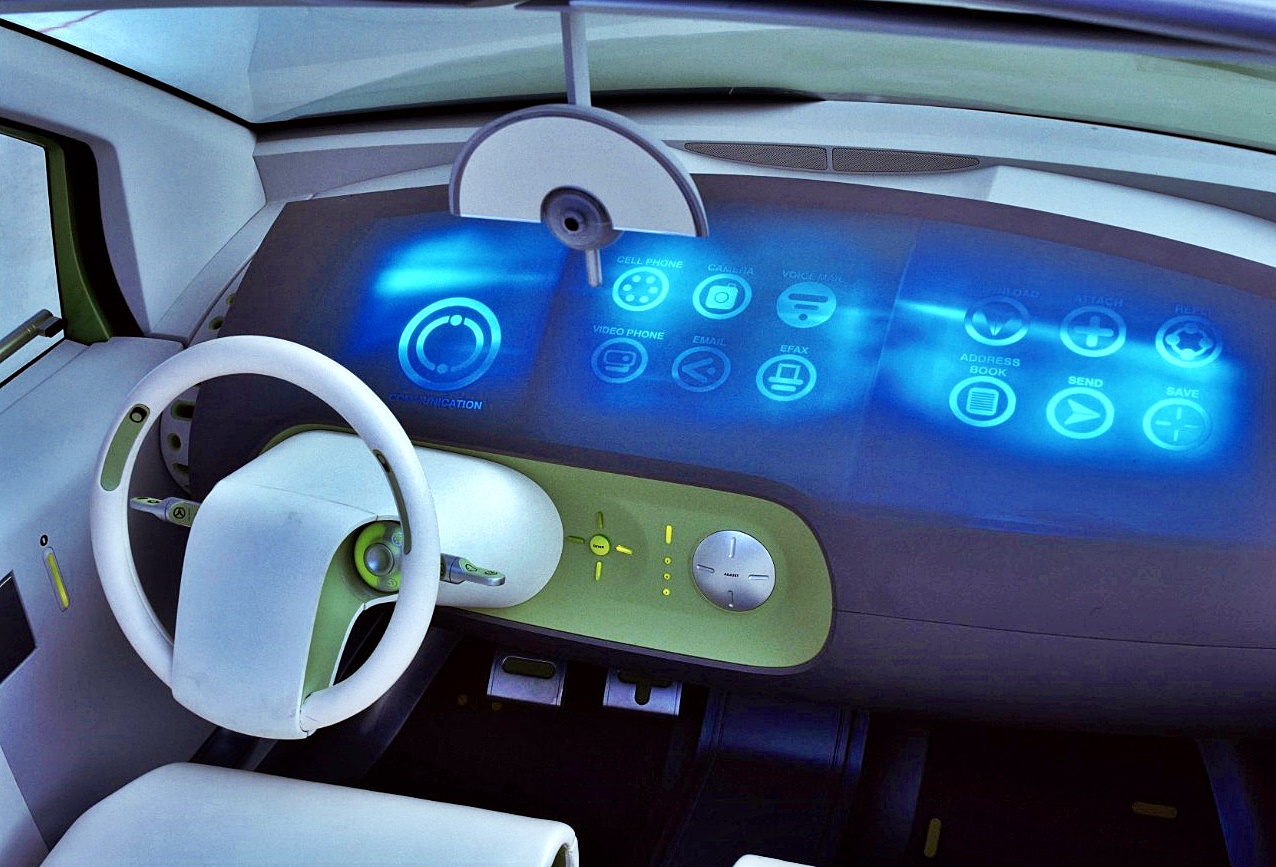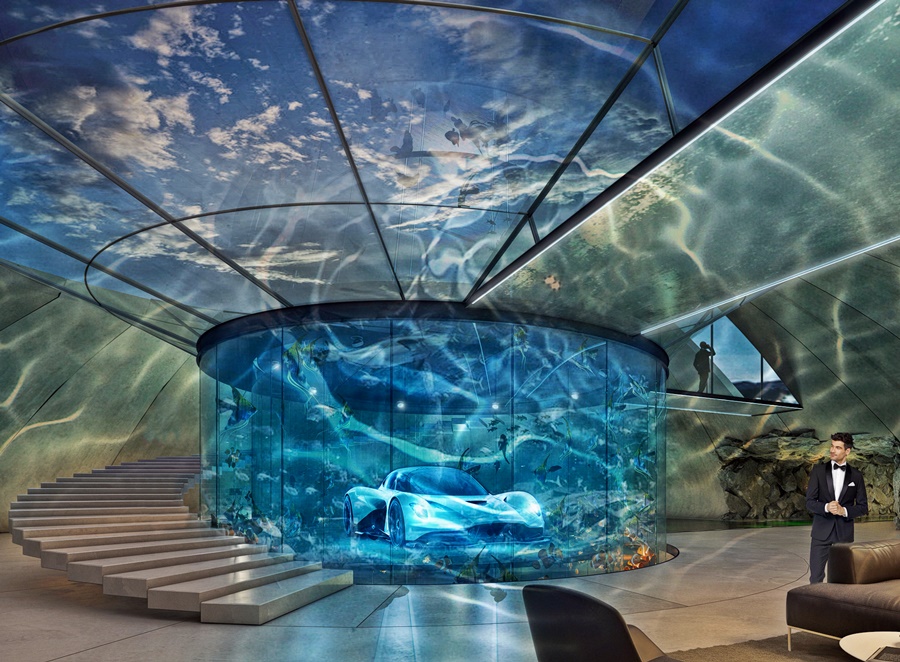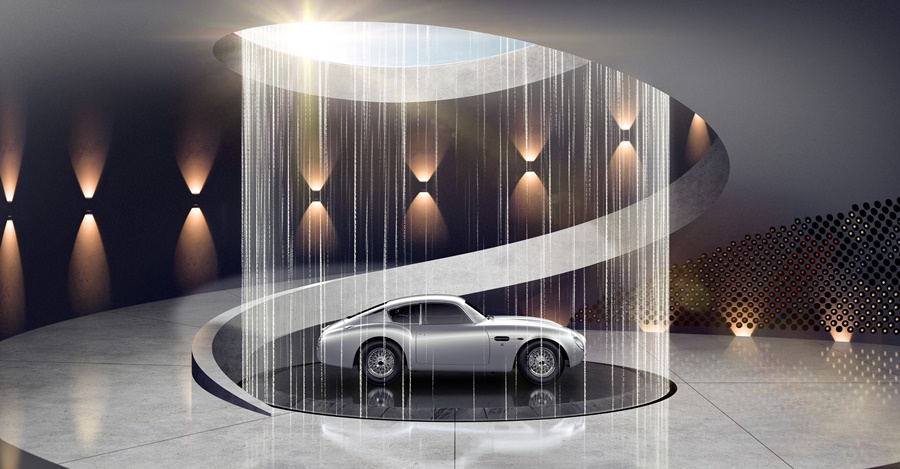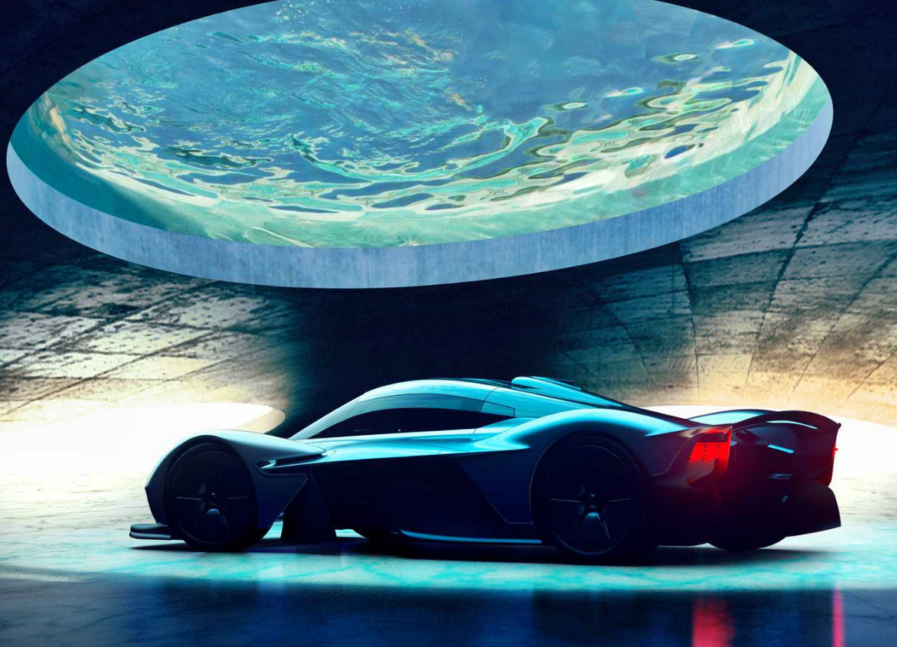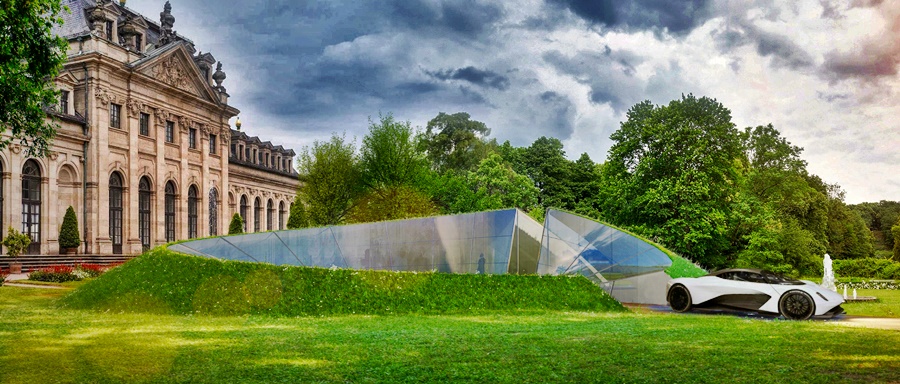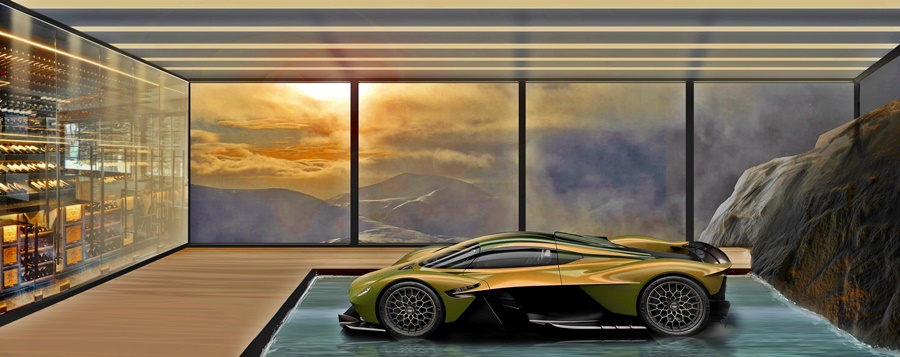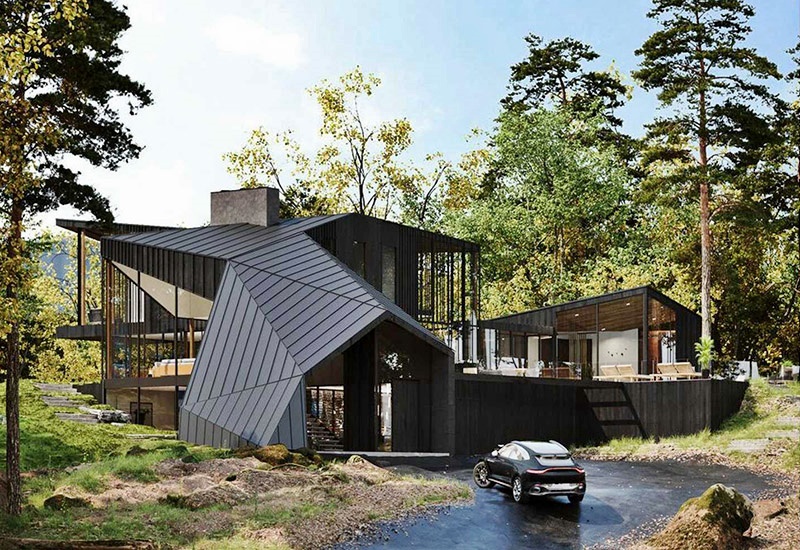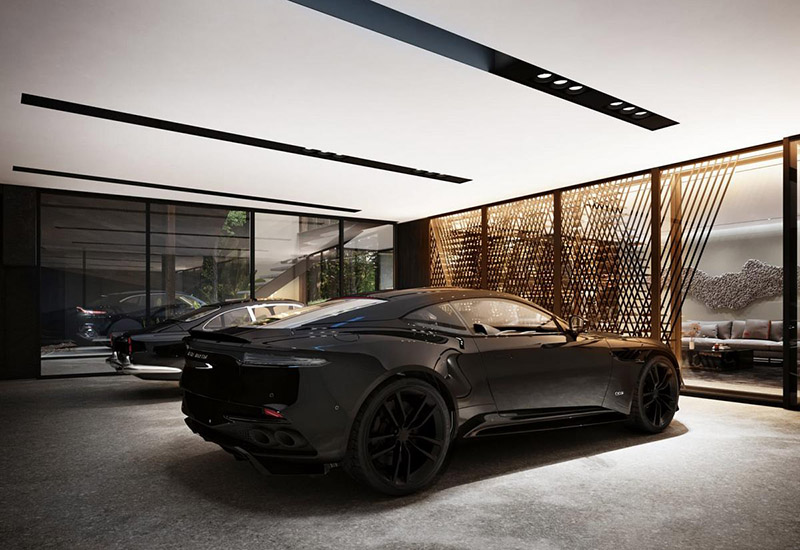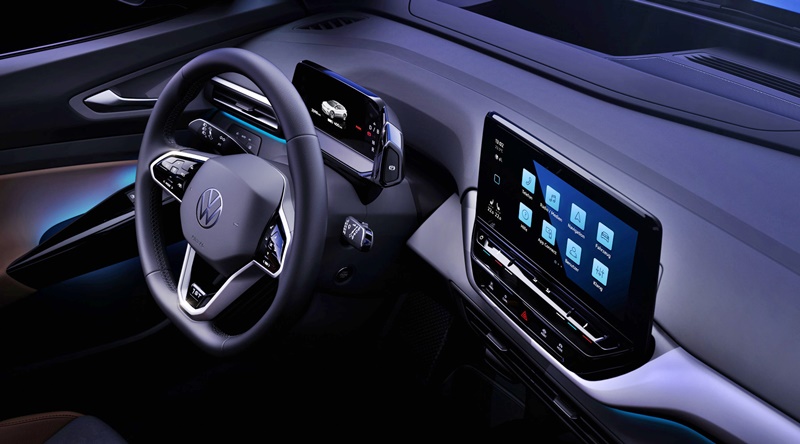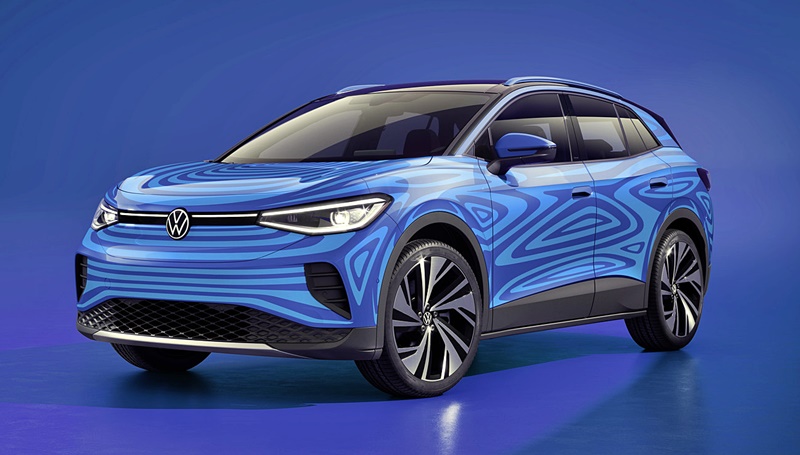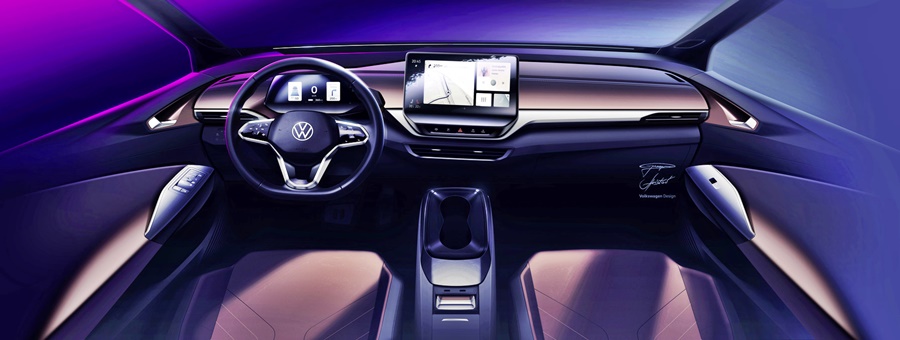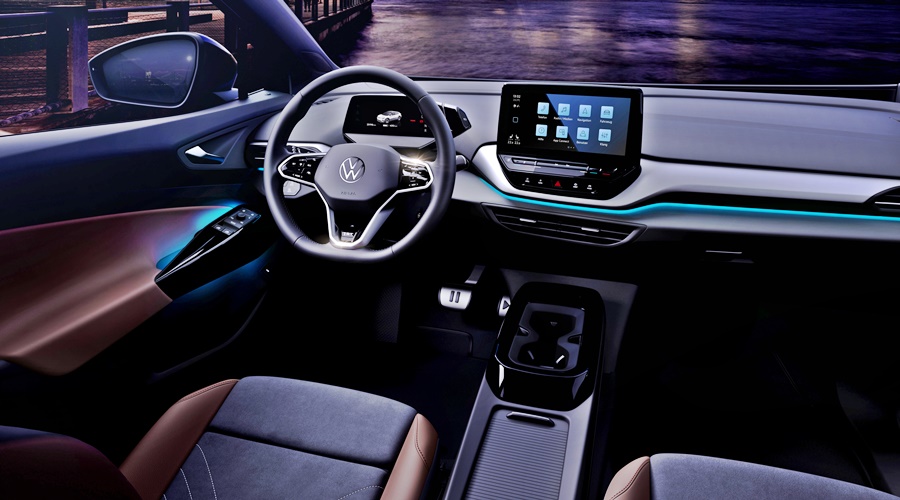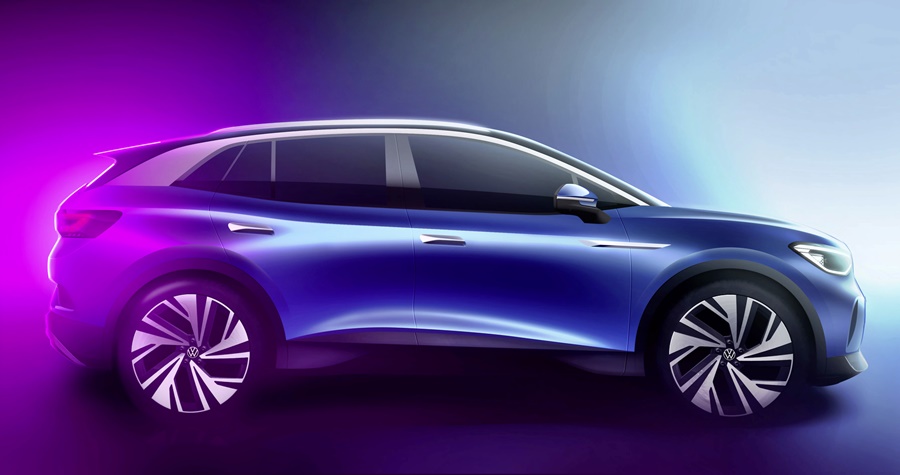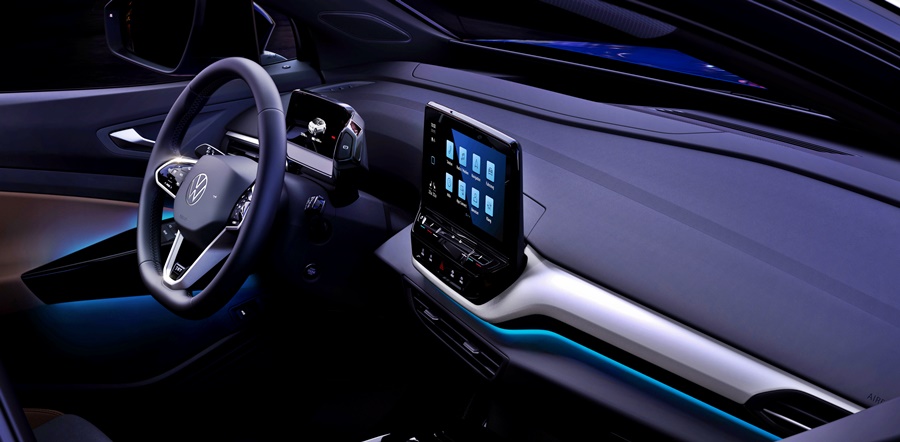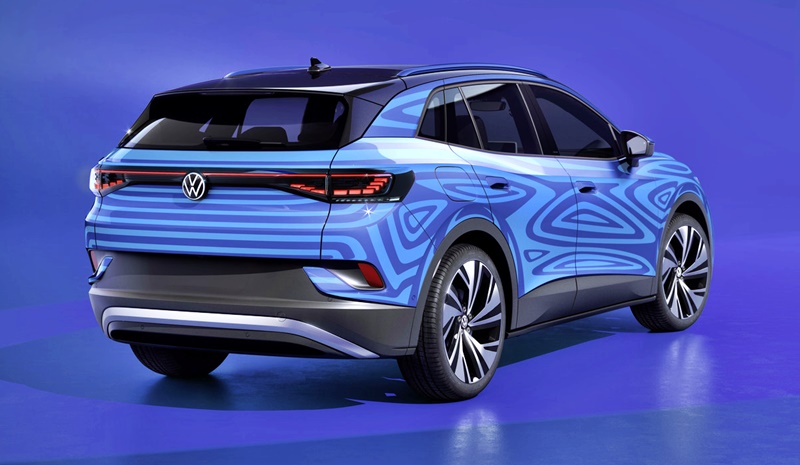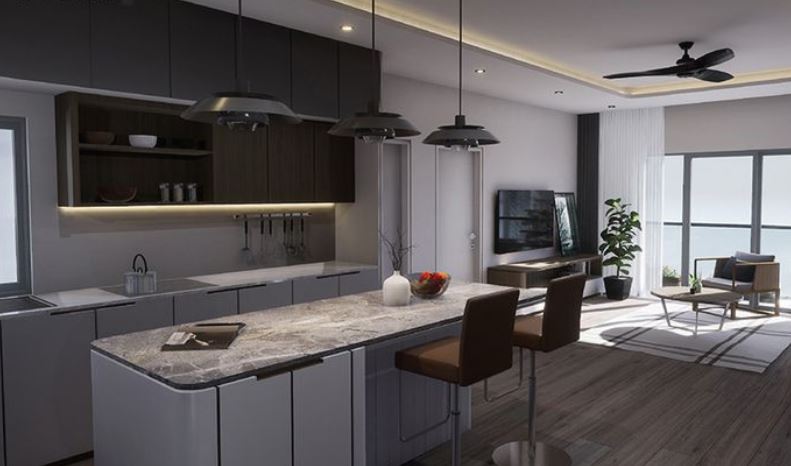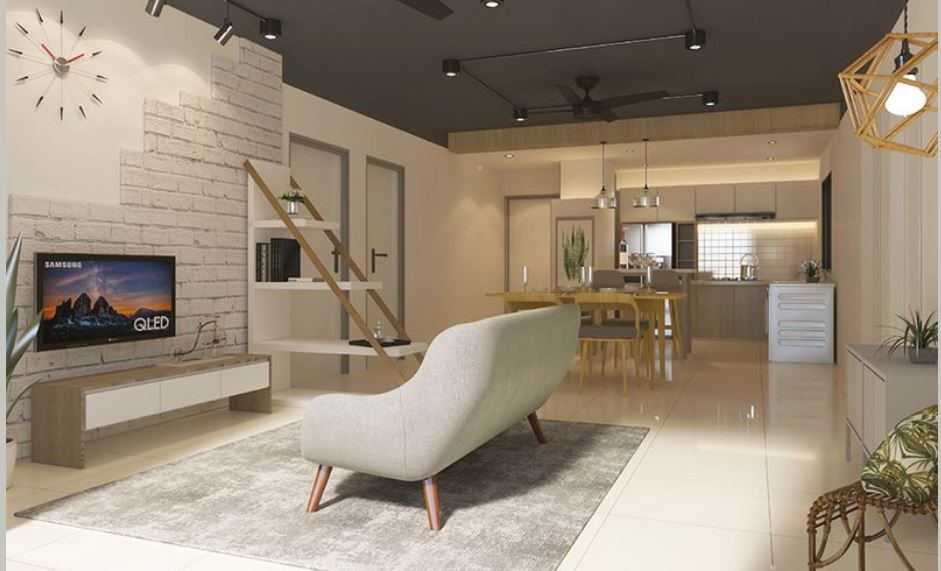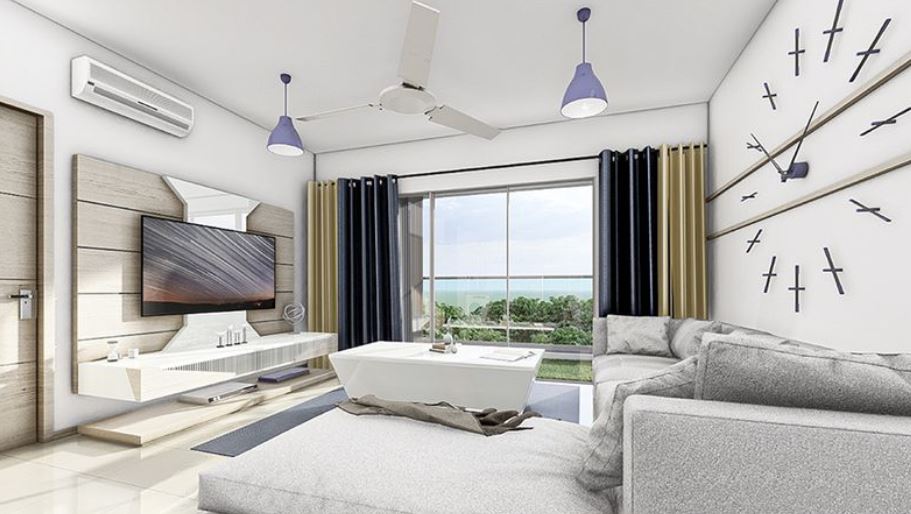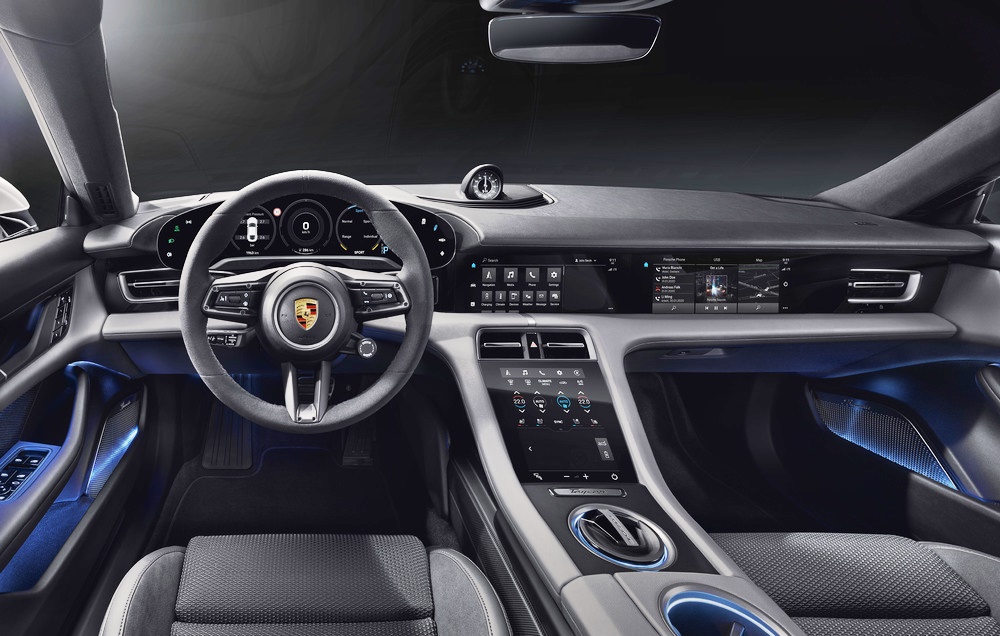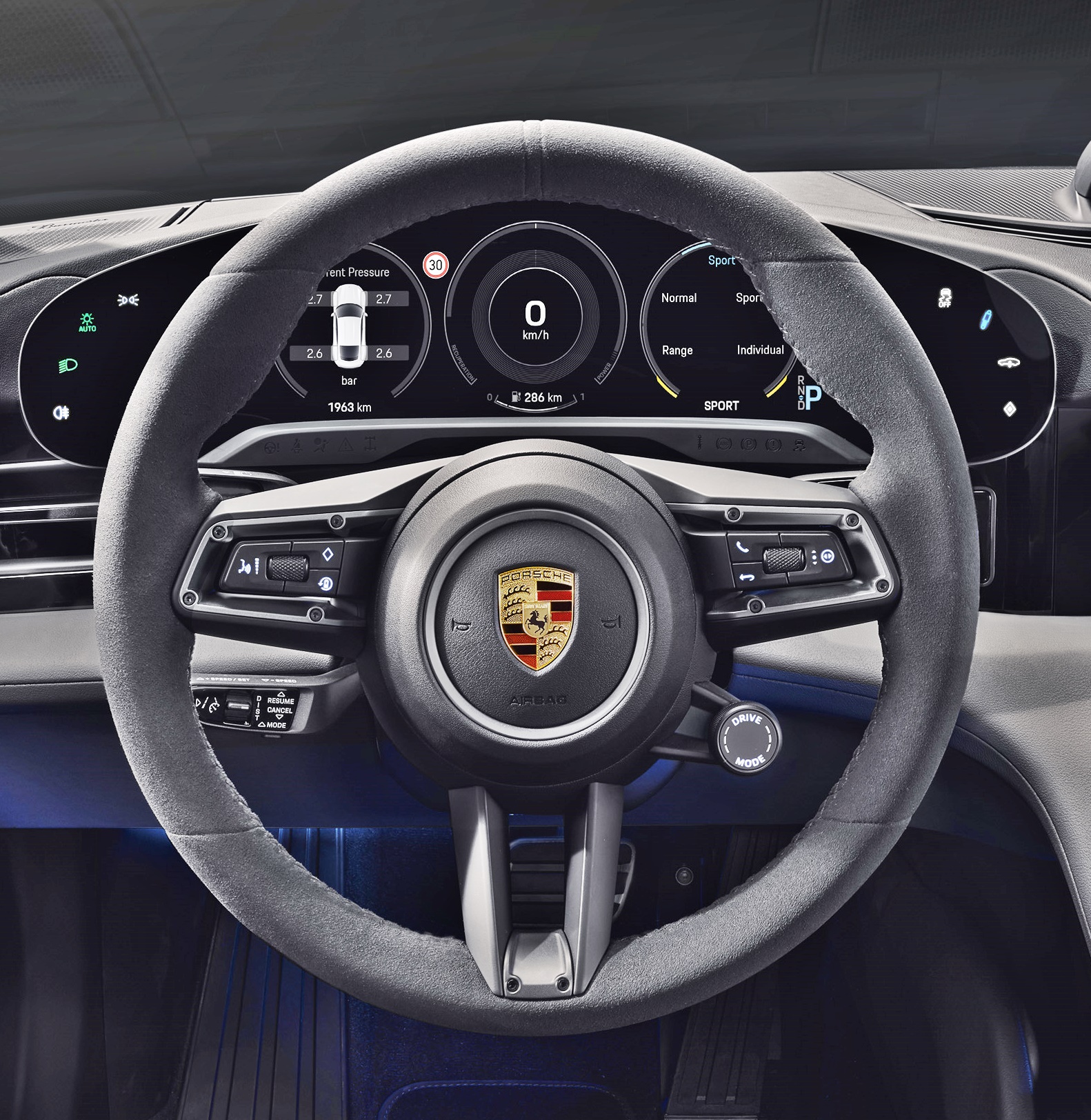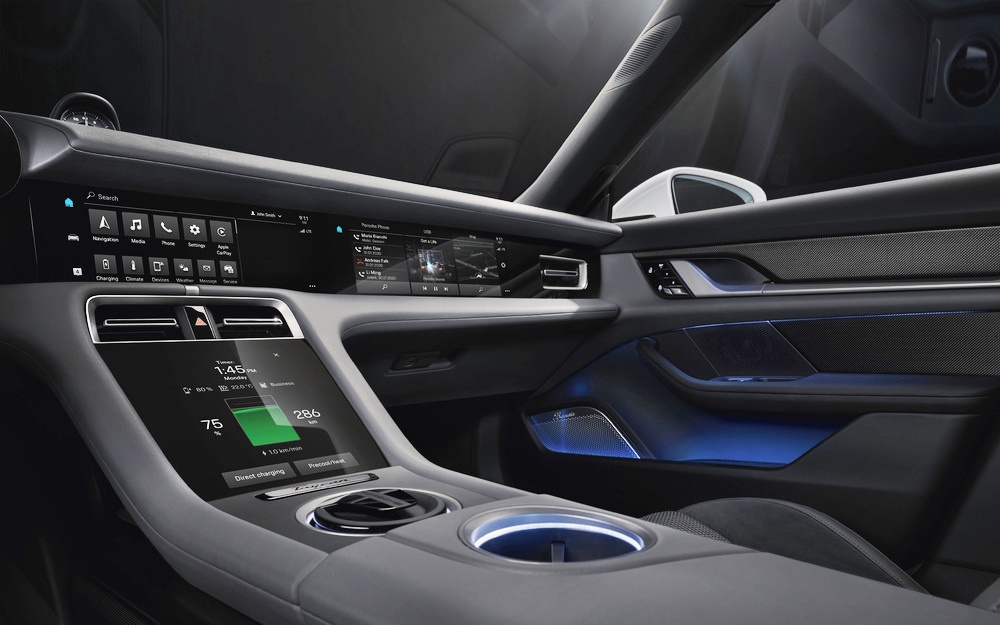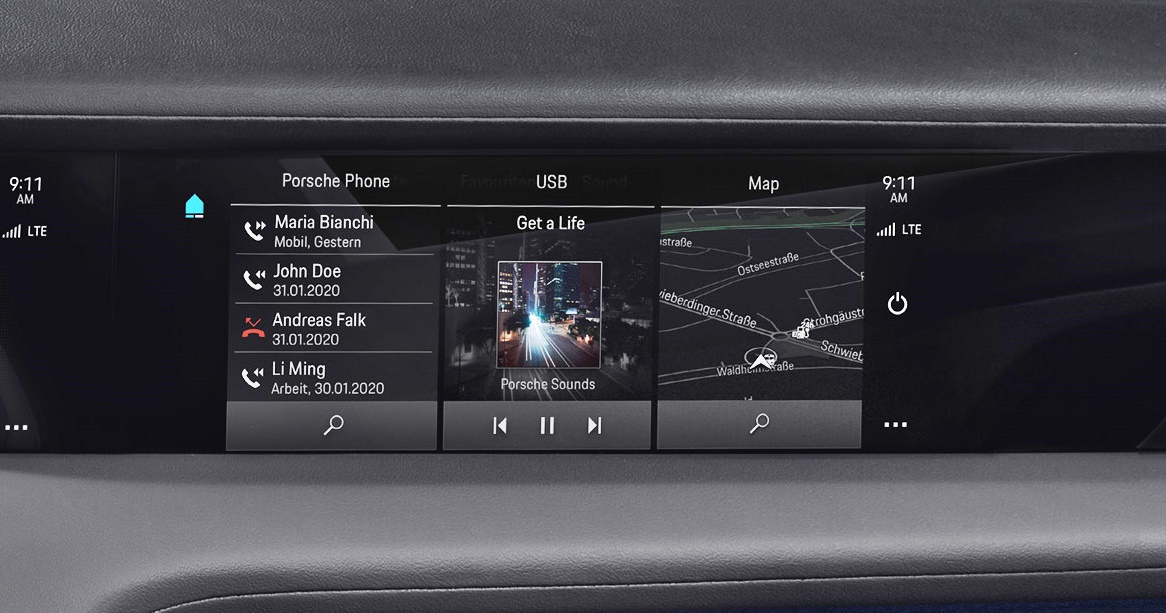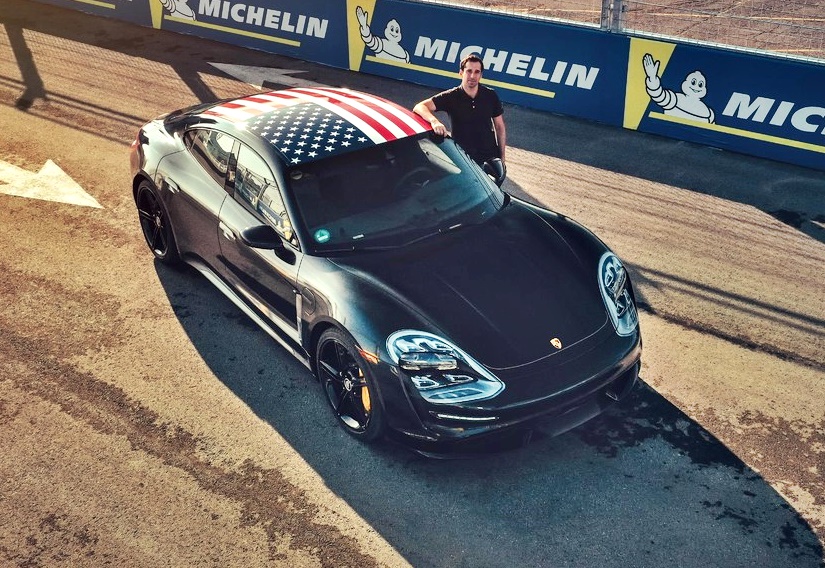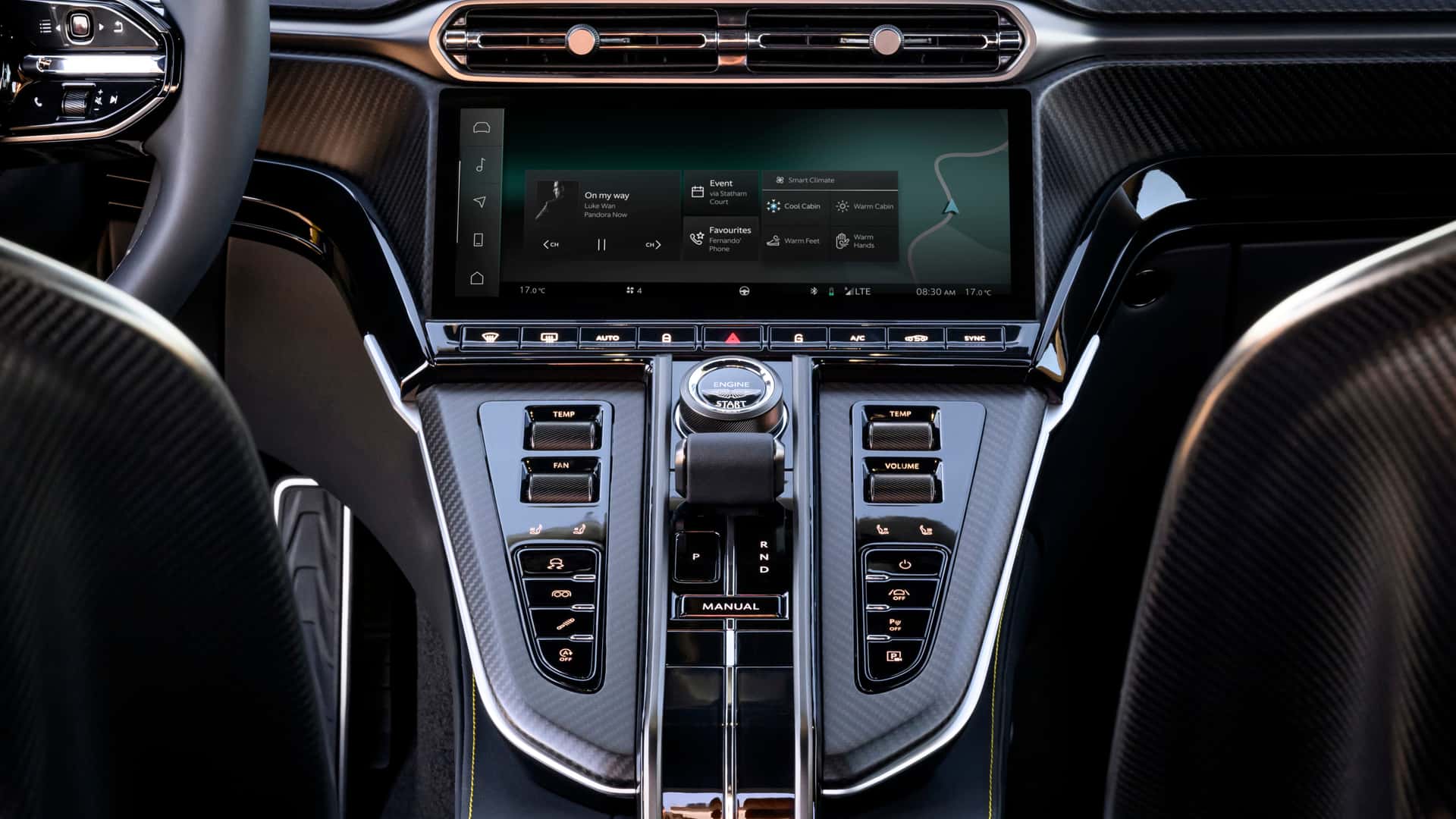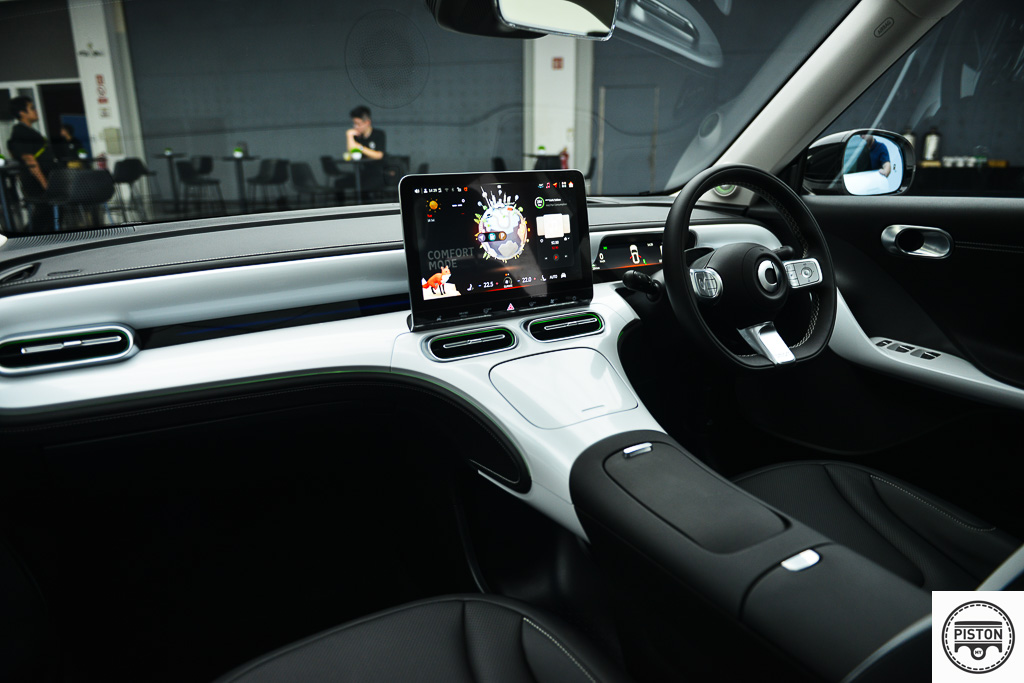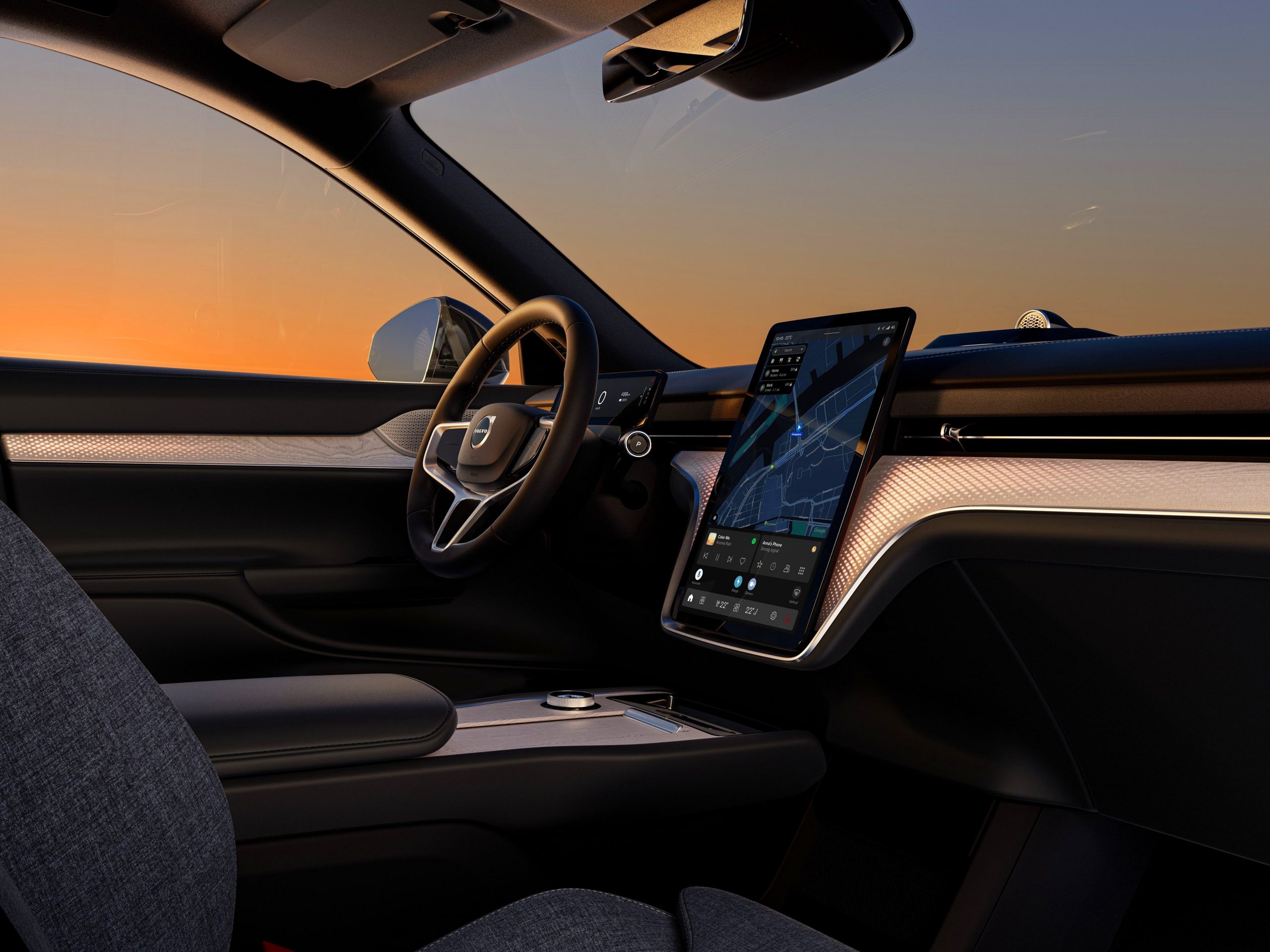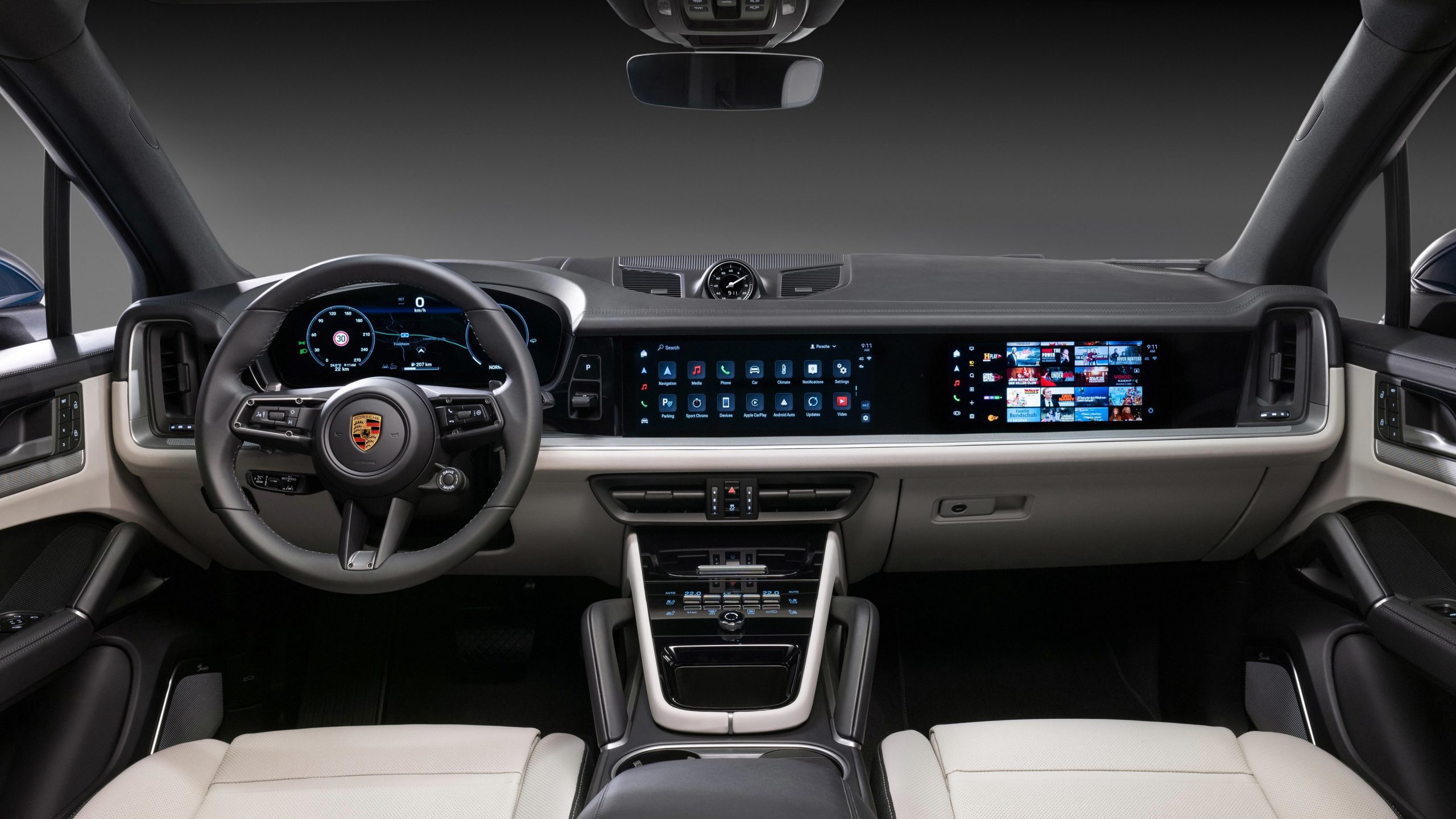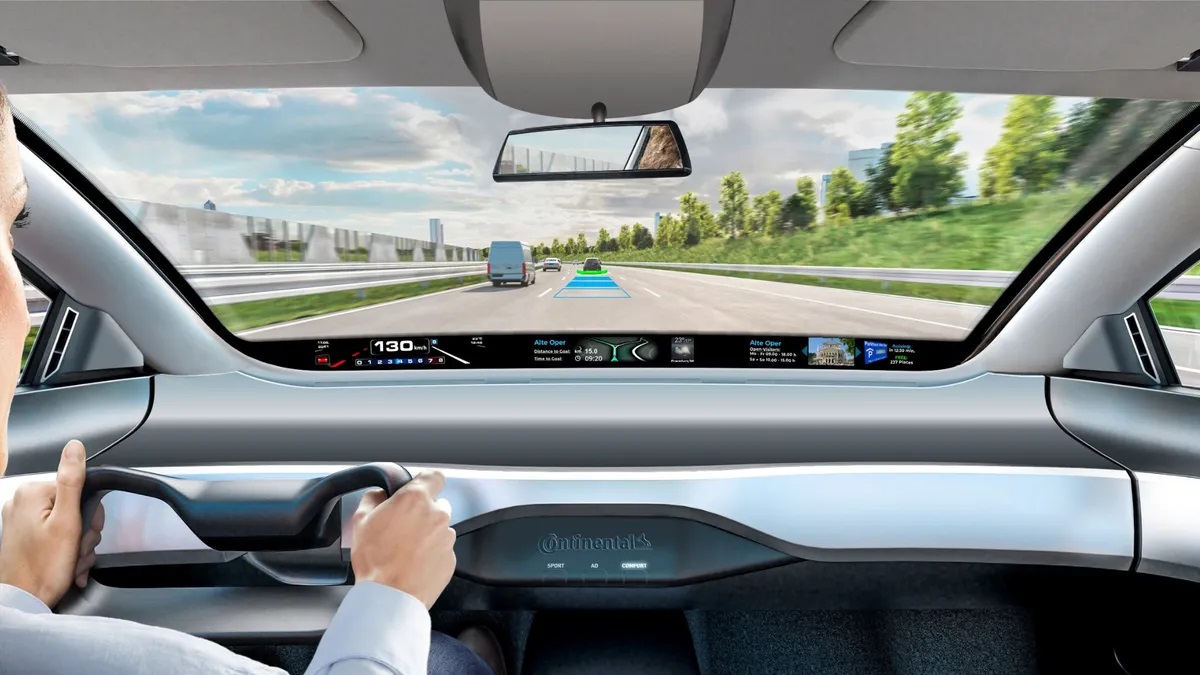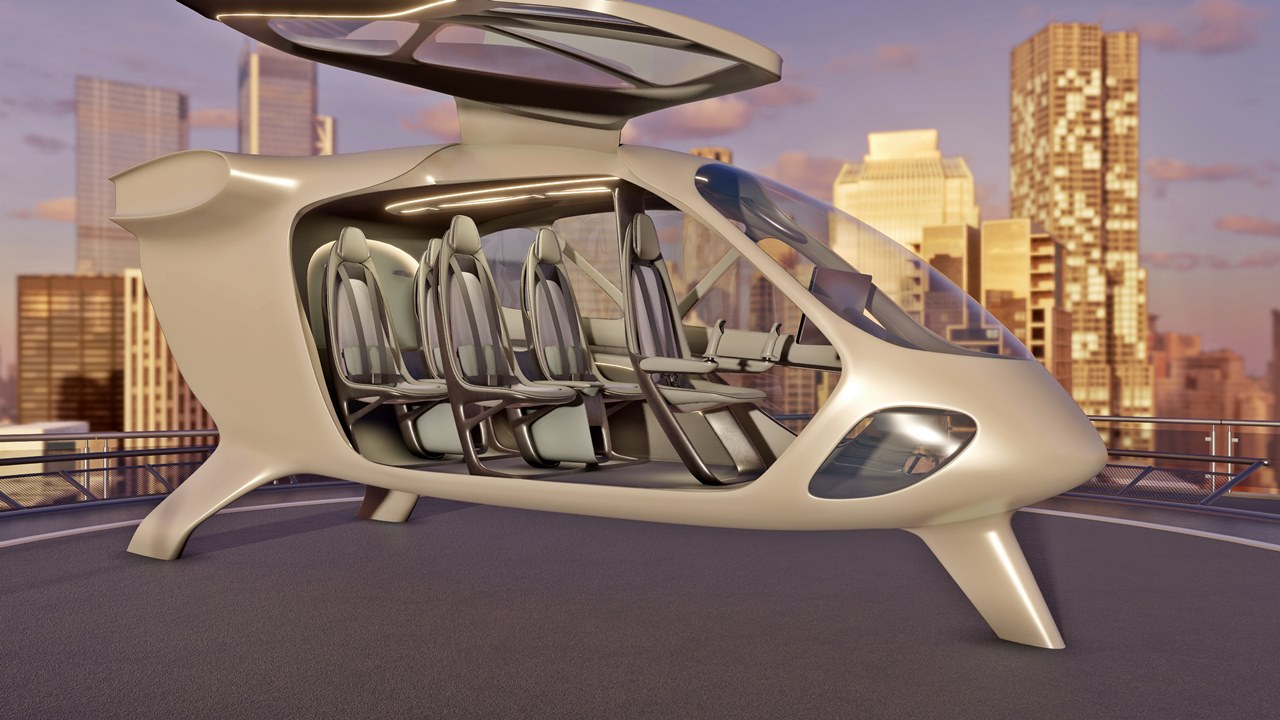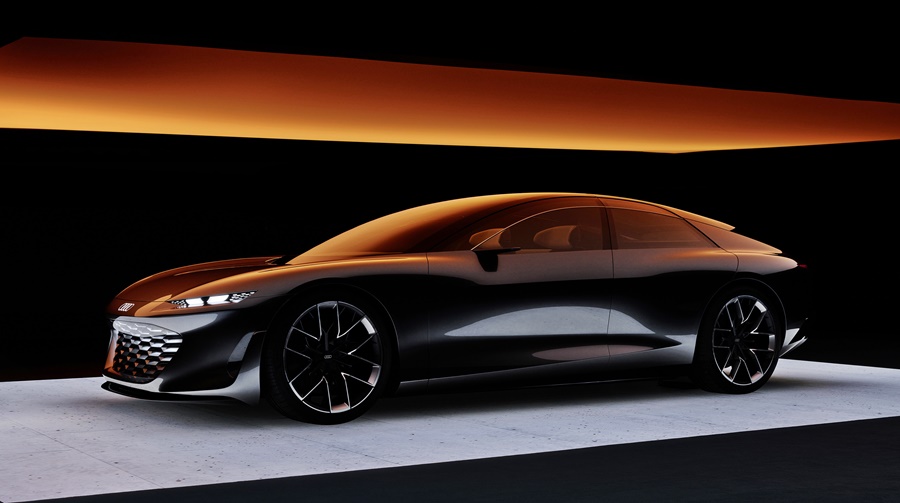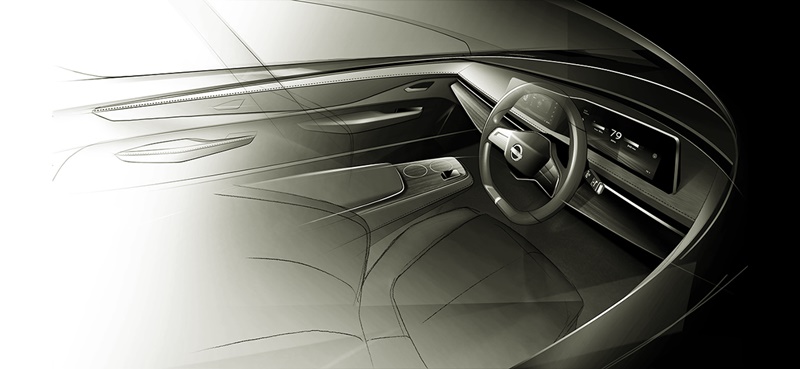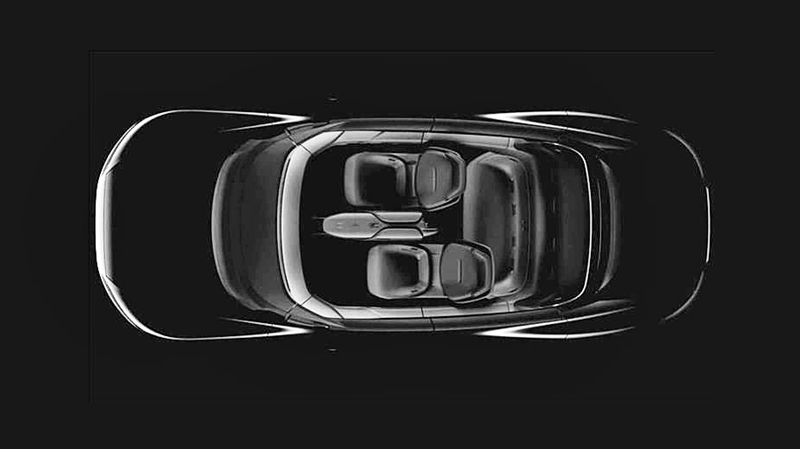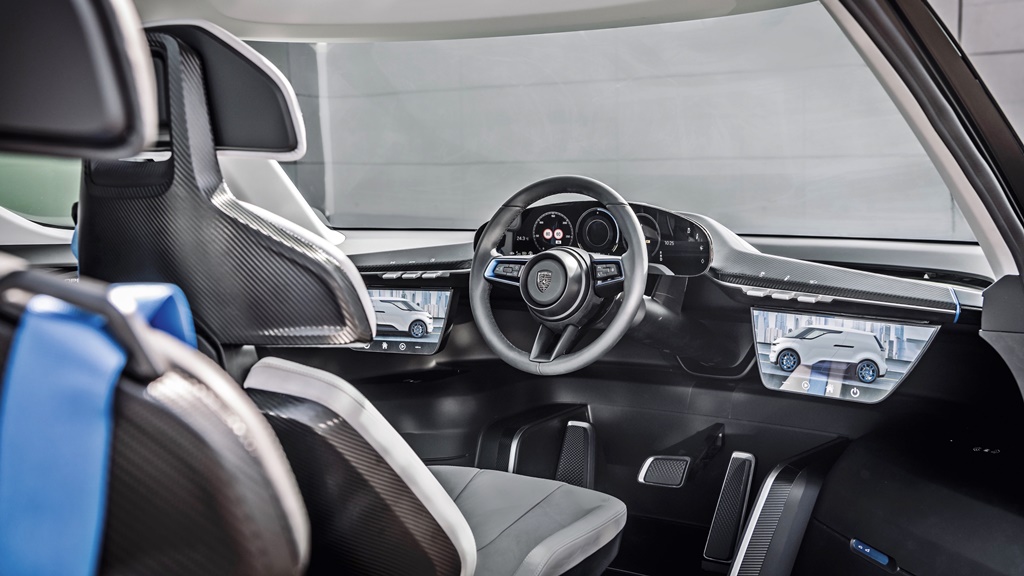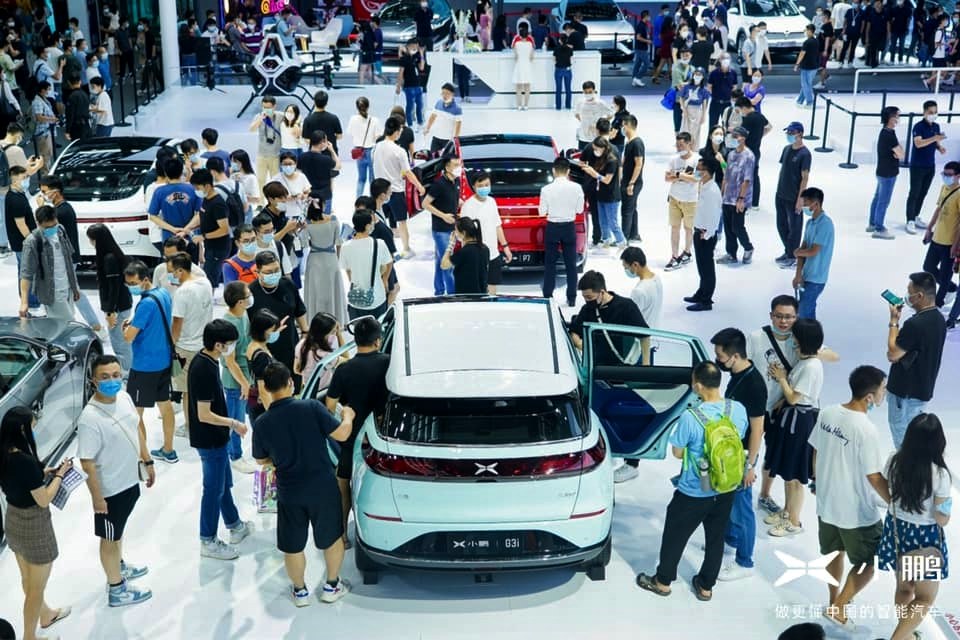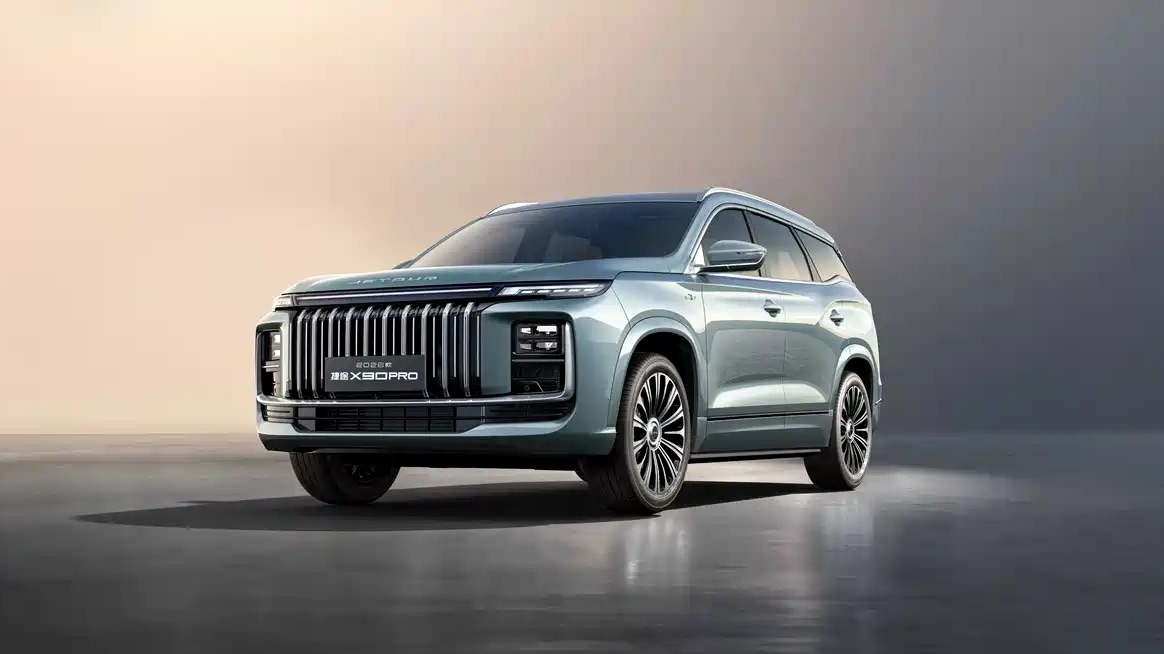Final testing of the eighth generation of the SL model line of Mercedes-Benz is now being carried out and the new roadster, to be marketed under the Mercedes-AMG brand will be launched later this year. While full details of the new car are not being revealed, pre-production units must be on the assembly line and Mercedes-AMG can’t wait to show off the new interior.
The first 300 SL Roadster, launched 69 years ago, had a minimalist and high-quality interior and the designers of its 21st century descendant have drawn inspiration from it. The interior design of the upcoming SL transforms the iconic tradition of the first Roadster into the modern era with a mix of analogue geometry and digital world – called ‘hyperanalogue’.
The cockpit design, right down to the adjustable central display in the centre console, is focused on the driver, as every genuine sportscar is. Its dimensional concept with 2+2 seats offers more function and space in the interior at the same time.
“The interior of the new Mercedes-AMG SL pampers driver and passengers with sophisticated luxury. The new SL combines the highest levels of comfort and quality in its interior, coupled with just the right amount of sportiness. The high-quality combination of analogue world and state-of-the-art digital equipment makes one thing clear: the new SL is the rebirth of an icon for the modern era,” said Philipp Schiemer, Chairman of the Board of Management at Mercedes-AMG GmbH.
Describing the new car as ‘the most iconic SL ever’, Gorden Wagener, Chief Design Officer of the Daimler Group, said it was a great opportunity and challenge for design because every designer wants to create icons.
The new and sophisticated dimensional concept once again allows a 2+2 seating configuration for the first time since the R129 SL generation of 1989. The added versatility allows for either additional persons on board, or the second row of seats can be used as additional storage space to accommodate luggage.
Aviation-inspired instrument panel
The symmetrical instrument panel is designed as a sculptural, powerful wing and structured into an upper and lower section. There are four galvanised turbine nozzles which merge into the instrument panel in the form of powerful power domes (with the frontal view resembling the face ‘Jar Jar Binks’, the character in ‘Star Wars’, observed one of our readers). The lower section of the instrument panel evolves fluidly from the centre console, seamlessly connecting the two elements.
Despite symmetry, the cockpit design creates a clear focus on the driver. The instrument panel’s high-resolution 12.3-inch LCD screen is not designed to be free-standing but is integrated into a high-tech visor. This prevents reflections caused by sunlight, a problem in some cars which can be irritating to the driver.
Adjustable touchscreen
The centre console dominates the space between the driver and front passenger. Rising sharply towards the front, it flows into the lower section of the instrument panel. The functional and visual centre of the centre console is the metallic panel that breaks through the leather surfaces at the front and rear.
Featuring the NACA air intake signature, it carries on the genes of the AMG GT and GT 4-Door Coupe. This design element thus becomes a hallmark AMG stylistic element in the interior. The NACA air intake transitions almost seamlessly into the tablet-like 11.9-inch multimedia touchscreen in portrait format. To avoid reflections caused by sunlight when driving with the top down, this screen can be adjusted electrically into a more vertical position, when necessary. Its portrait format offers clear advantages, especially for navigation, as well as more space ergonomically.
Integrated door panel design
Similar to the centre console, the surfaces in the doors also radiate fluidly from the instrument panel. The result is a gradient accentuated with decorative topstitching that frames the entire interior and runs past the turbine nozzles at the sides. The centre of the door is designed as a sensual layered topography.
The pull handle is also designed in the same way as the centre console and is another eye-catching feature. The materiality and modelling of the surfaces are repeated in the doors, creating balance in the interior. High-quality Burmester loudspeakers in real metal, whose perforation pattern also stands out visually, are integrated into the doors.
Sculptural seat design
The avantgarde seat of the new SL has a sculptural design in a sporty way with layers and enveloping surfaces. This makes the seats appear lighter and less voluminous. The headrests are integrated into the backrest and contribute to the sporty proportions of the seat, completing the symbiosis of high-tech, performance and luxury.
Latest MBUX system
As with every Mercedes-Benz and Mercedes-AMG sold today, the car will have the intelligent system known as the Mercedes-Benz User Experience, or MBUX. It is a second-generation system and some functional content and the operating structure correspond to those of the S-Class. They have been extensively supplemented or replaced by AMG-specific content and views. This makes the new SL highly independent in terms of communication and information.
The interior has become even more digital and intelligent, as hardware and software have been extensively enhanced. Brilliant images on the LCD screens make it easy to control vehicle and comfort functions. The appearance of the instrument cluster can be personalised with different display styles and individually selectable main views. Customers can also order the car with a head-up display as well.
Final real-world testing of next-generation Mercedes-AMG SL now underway



